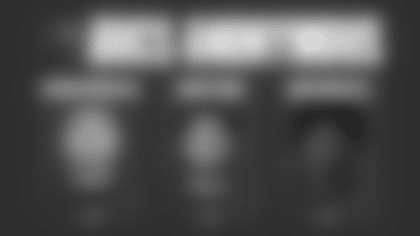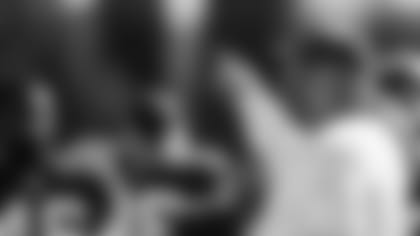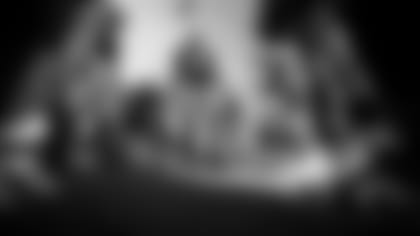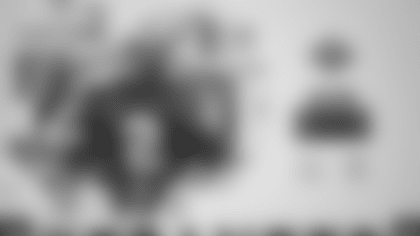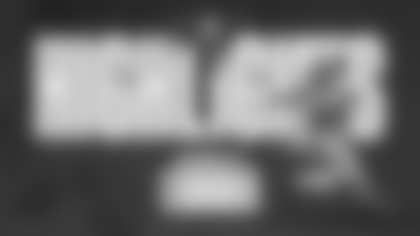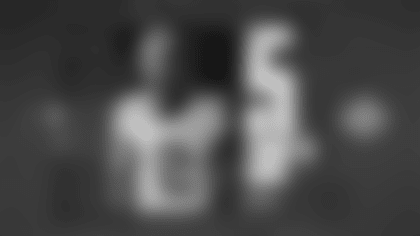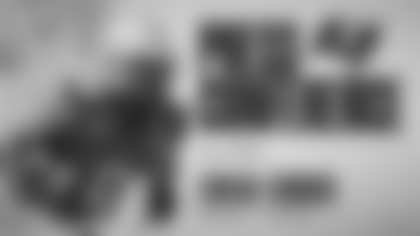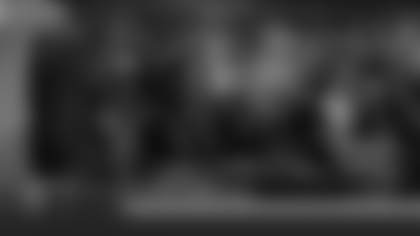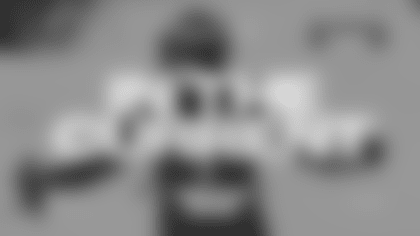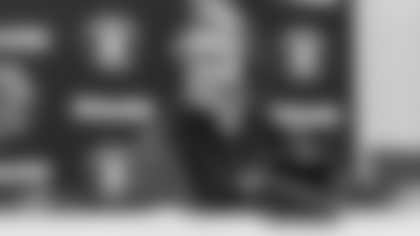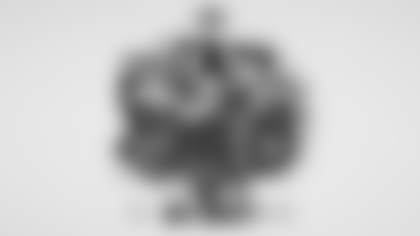The Tampa Bay Buccaneers' addition of veteran running back LeSean McCoy was accurately reported outside team headquarters about 10 days ago but not made official until last Tuesday. After McCoy had gone through the COVID-19 testing protocol and passed his physical, the Buccaneers announced one of the more intriguing late-summer additions the team has made in some time.
McCoy's arrival renewed the discussion about the Buccaneers' backfield, which lost Peyton Barber after last season but then added rookie draftees Ke'Shawn Vaughn and Raymond Calais. After all, Vaughn showed a lot of big-play potential at Vanderbilt and McCoy just happens to be the NFL's leader in yards from scrimmage since he entered the league in 2009. Was Jones' starting job, which he assumed midway through last year, up for serious debate? Would his share of the offense be reduced by any significant amount.
Head Coach Bruce Arians ended that debate the day after the McCoy announcement. Arians said that Jones was 'the main guy' in the Bucs' backfield and that he would 'carry the load." Fantasy football enthusiasts immediately took note.
By 'carry the load,' Arians obviously meant that Jones would be the starter and would get the most snaps and touches, presuming he continues to produce at a high level. That said, a more specific question remains to be answered: Will Jones catch the ball as much as he carries it?
View some of the photos from Buccaneers Training Camp practice at the AdventHealth Training Center.
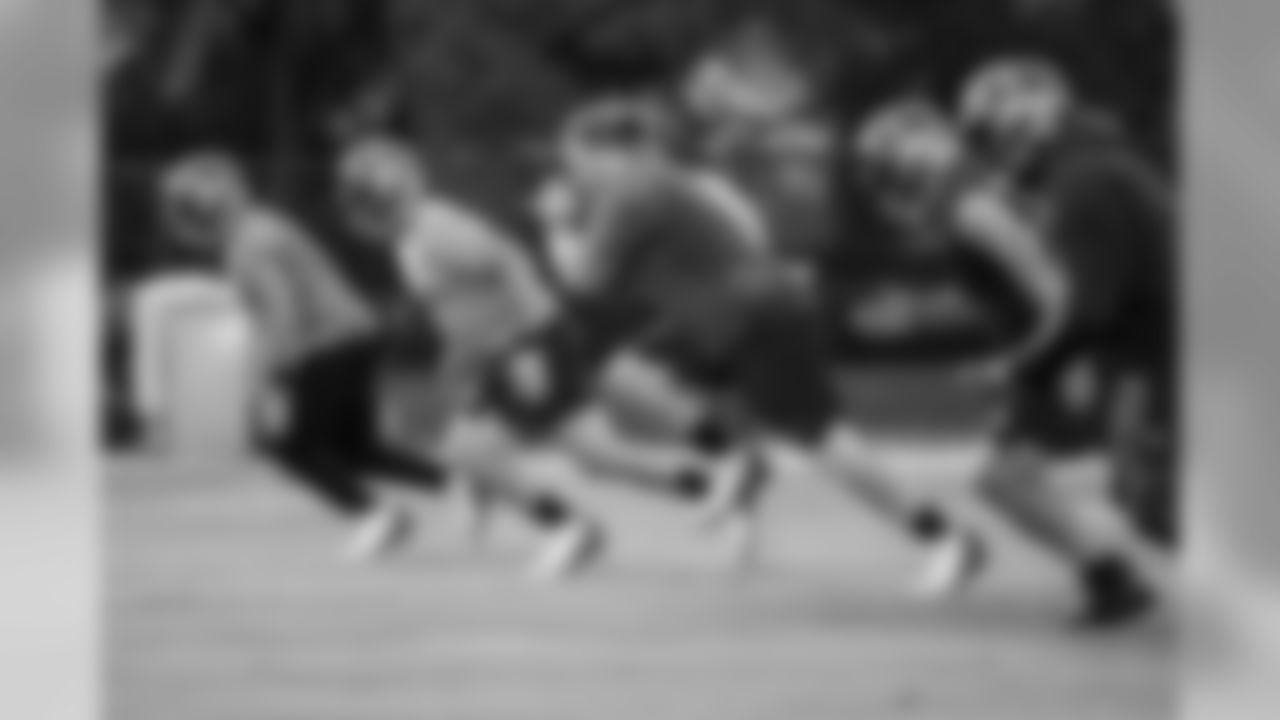
TAMPA, FL - AUGUST 09, 2020 - Center Ryan Jensen #66 of the Tampa Bay Buccaneers during day 6 of 2020 Training Camp practice at AdventHealth Training Center. Photo By Tori Richman/Tampa Bay Buccaneers
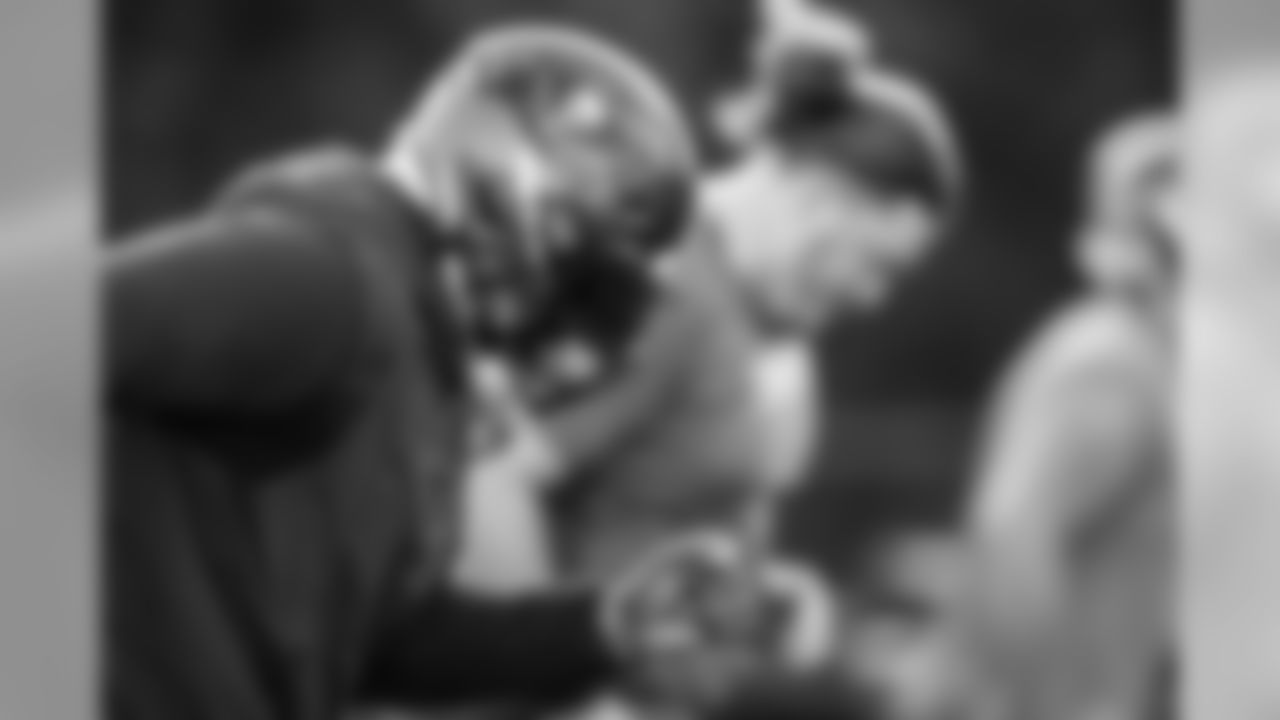
TAMPA, FL - AUGUST 09, 2020 - Offensive Tackle Donovan Smith #76 of the Tampa Bay Buccaneers during day 6 of 2020 Training Camp practice at AdventHealth Training Center. Photo By Tori Richman/Tampa Bay Buccaneers
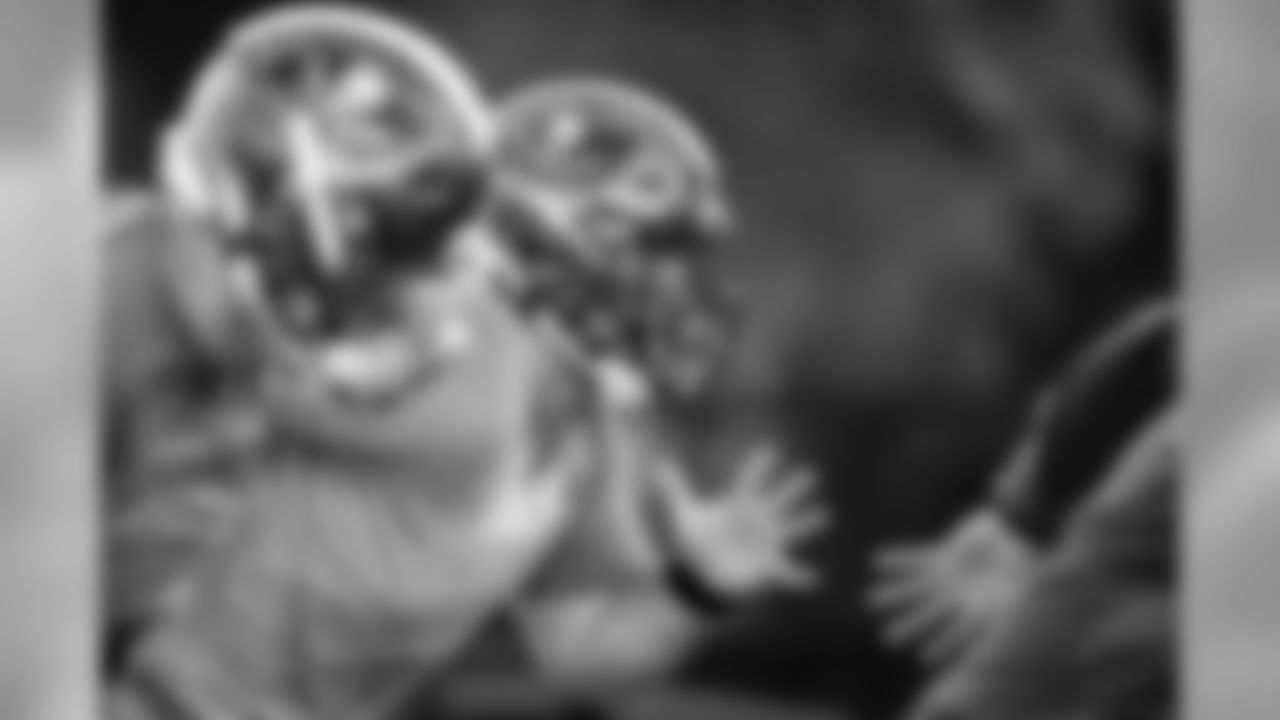
TAMPA, FL - AUGUST 09, 2020 - Guard John Molchon #75 of the Tampa Bay Buccaneers during day 6 of 2020 Training Camp practice at AdventHealth Training Center. Photo By Tori Richman/Tampa Bay Buccaneers
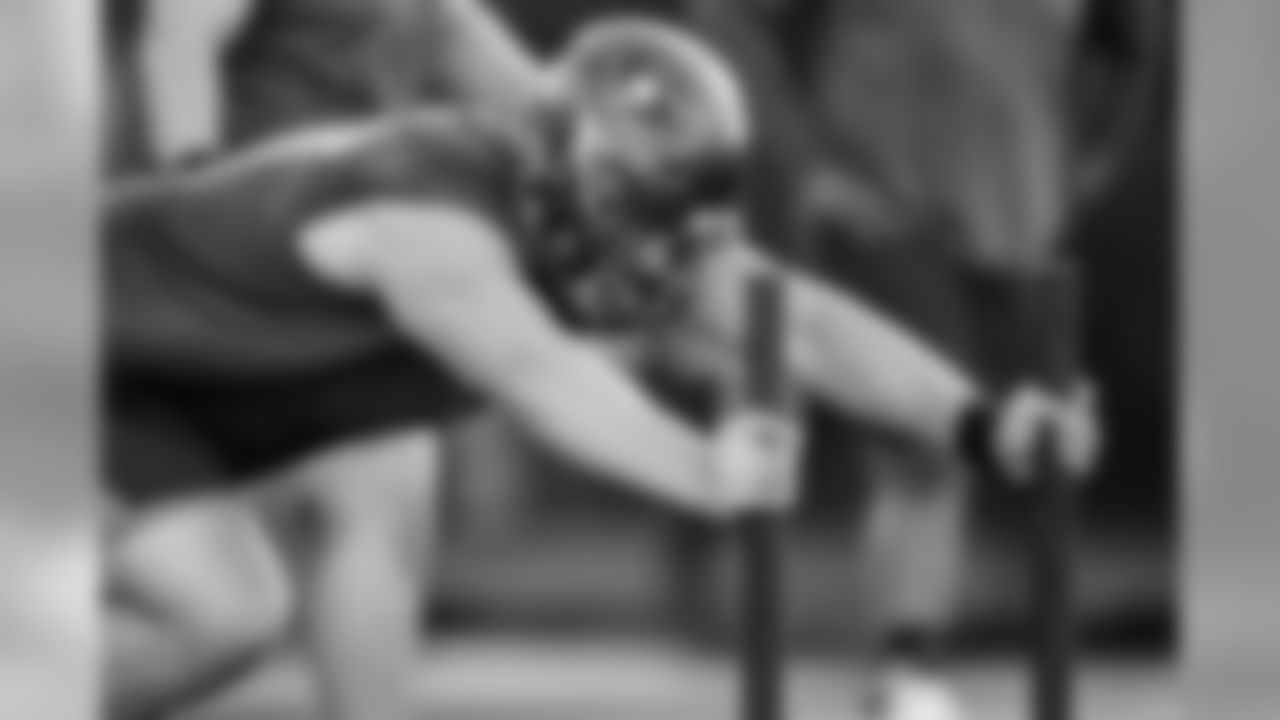
TAMPA, FL - AUGUST 09, 2020 - Guard Ali Marpet #74 of the Tampa Bay Buccaneers during day 6 of 2020 Training Camp practice at AdventHealth Training Center. Photo By Tori Richman/Tampa Bay Buccaneers
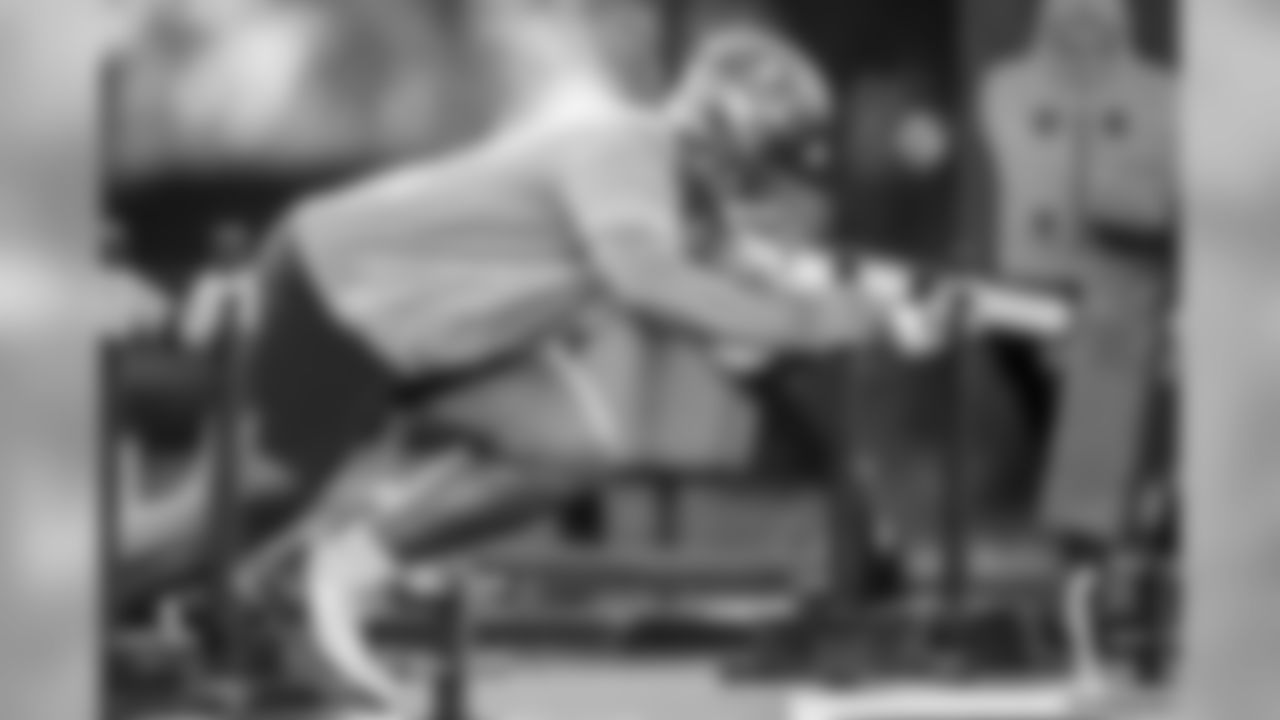
TAMPA, FL - AUGUST 09, 2020 - Tackle Tristan Wirfs #78 of the Tampa Bay Buccaneers during day 6 of 2020 Training Camp practice at AdventHealth Training Center. Photo By Tori Richman/Tampa Bay Buccaneers

TAMPA, FL - AUGUST 09, 2020 - Offensive Tackle Donovan Smith #76 of the Tampa Bay Buccaneers during day 6 of 2020 Training Camp practice at AdventHealth Training Center. Photo By Tori Richman/Tampa Bay Buccaneers

TAMPA, FL - AUGUST 09, 2020 - Offensive Tackle Donovan Smith #76 of the Tampa Bay Buccaneers during day 6 of 2020 Training Camp practice at AdventHealth Training Center. Photo By Tori Richman/Tampa Bay Buccaneers
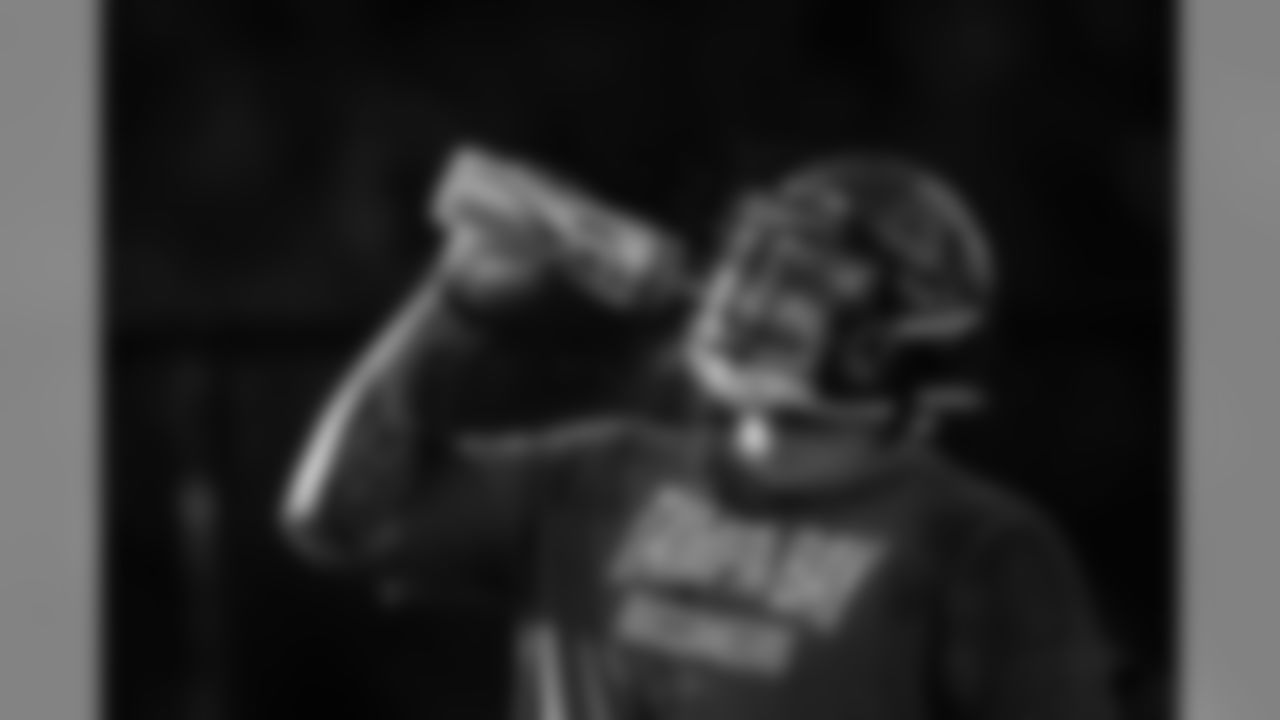
TAMPA, FL - AUGUST 09, 2020 - Guard Aaron Stinnie #64 of the Tampa Bay Buccaneers during day 6 of 2020 Training Camp practice at AdventHealth Training Center. Photo By Tori Richman/Tampa Bay Buccaneers
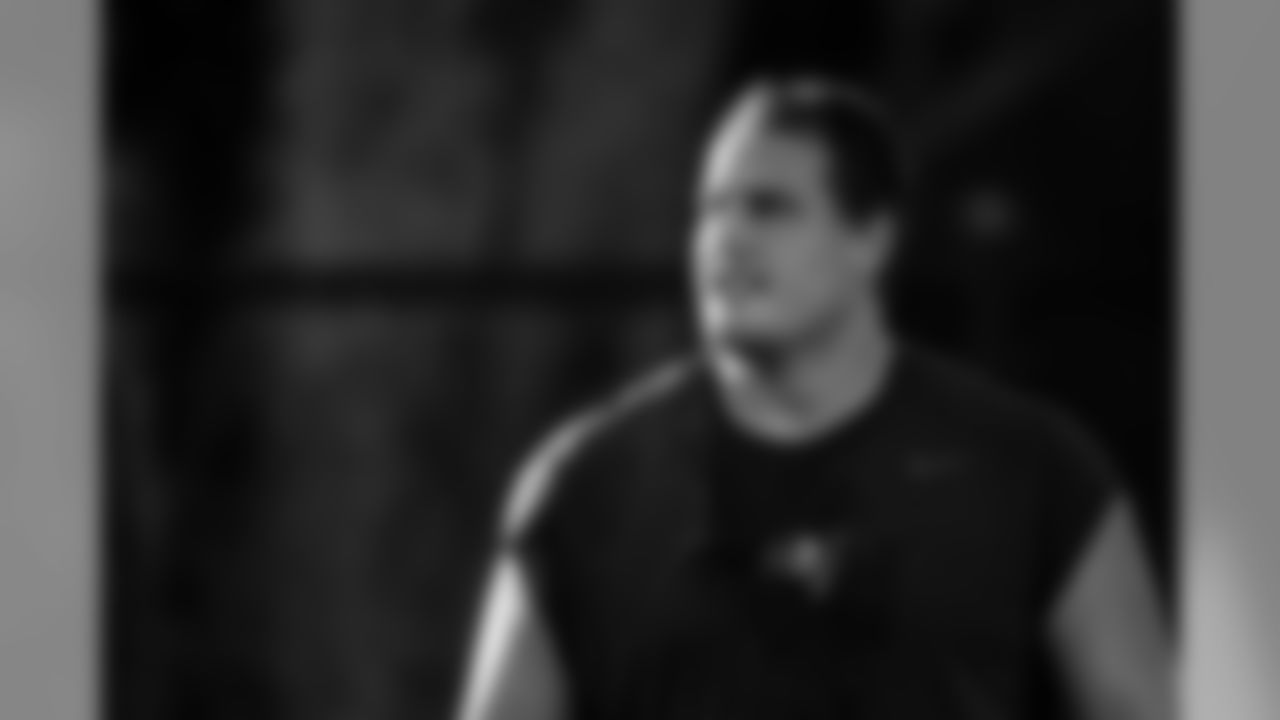
TAMPA, FL - AUGUST 09, 2020 - Guard Ali Marpet #74 of the Tampa Bay Buccaneers during day 6 of 2020 Training Camp practice at AdventHealth Training Center. Photo By Tori Richman/Tampa Bay Buccaneers

TAMPA, FL - AUGUST 09, 2020 - Tackle Tristan Wirfs #78 of the Tampa Bay Buccaneers during day 6 of 2020 Training Camp practice at AdventHealth Training Center. Photo By Tori Richman/Tampa Bay Buccaneers

TAMPA, FL - AUGUST 09, 2020 - Guard Nick Leverett #60 of the Tampa Bay Buccaneers during day 6 of 2020 Training Camp practice at AdventHealth Training Center. Photo By Tori Richman/Tampa Bay Buccaneers

TAMPA, FL - AUGUST 09, 2020 - Guard Aaron Stinnie #64 of the Tampa Bay Buccaneers during day 6 of 2020 Training Camp practice at AdventHealth Training Center. Photo By Tori Richman/Tampa Bay Buccaneers
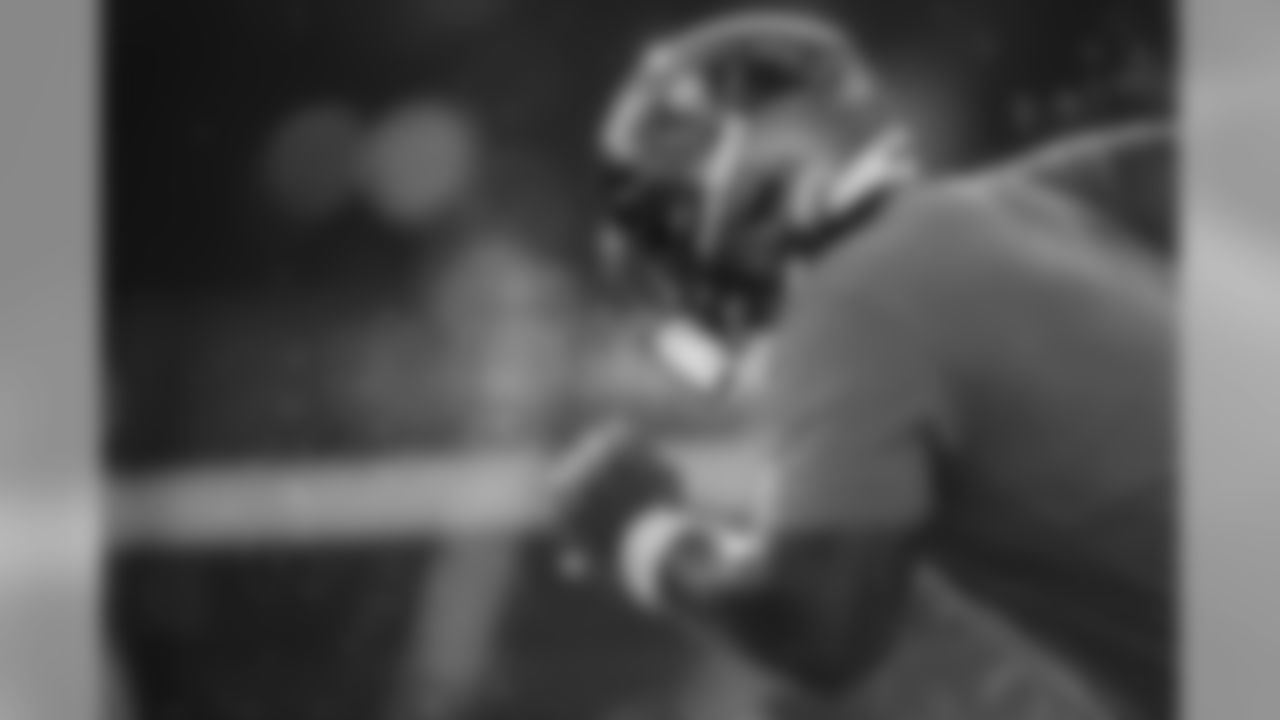
TAMPA, FL - AUGUST 09, 2020 - Tackle Tristan Wirfs #78 of the Tampa Bay Buccaneers during day 6 of 2020 Training Camp practice at AdventHealth Training Center. Photo By Tori Richman/Tampa Bay Buccaneers
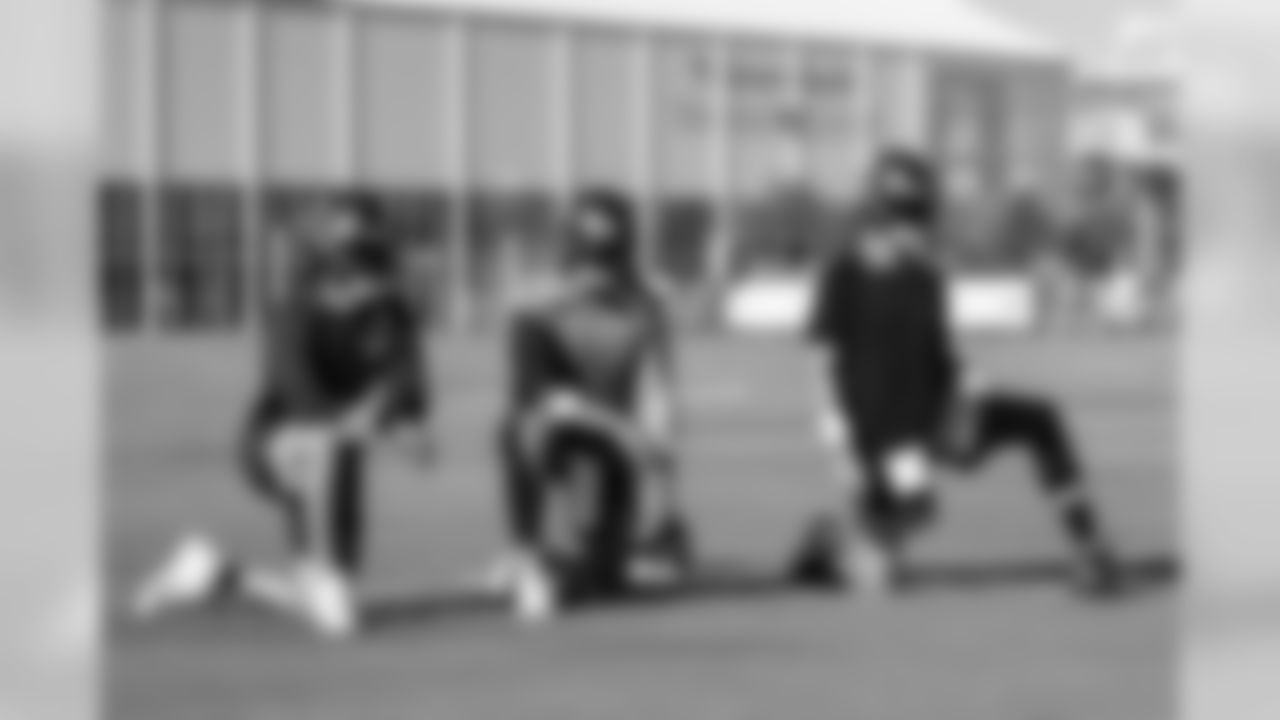
TAMPA, FL - AUGUST 09, 2020 - Quarterback Ryan Griffin #4, Quarterback Blaine Gabbert #11 and Quarterback Tom Brady #12 of the Tampa Bay Buccaneers during day 6 of 2020 Training Camp practice at AdventHealth Training Center. Photo By Tori Richman/Tampa Bay Buccaneers
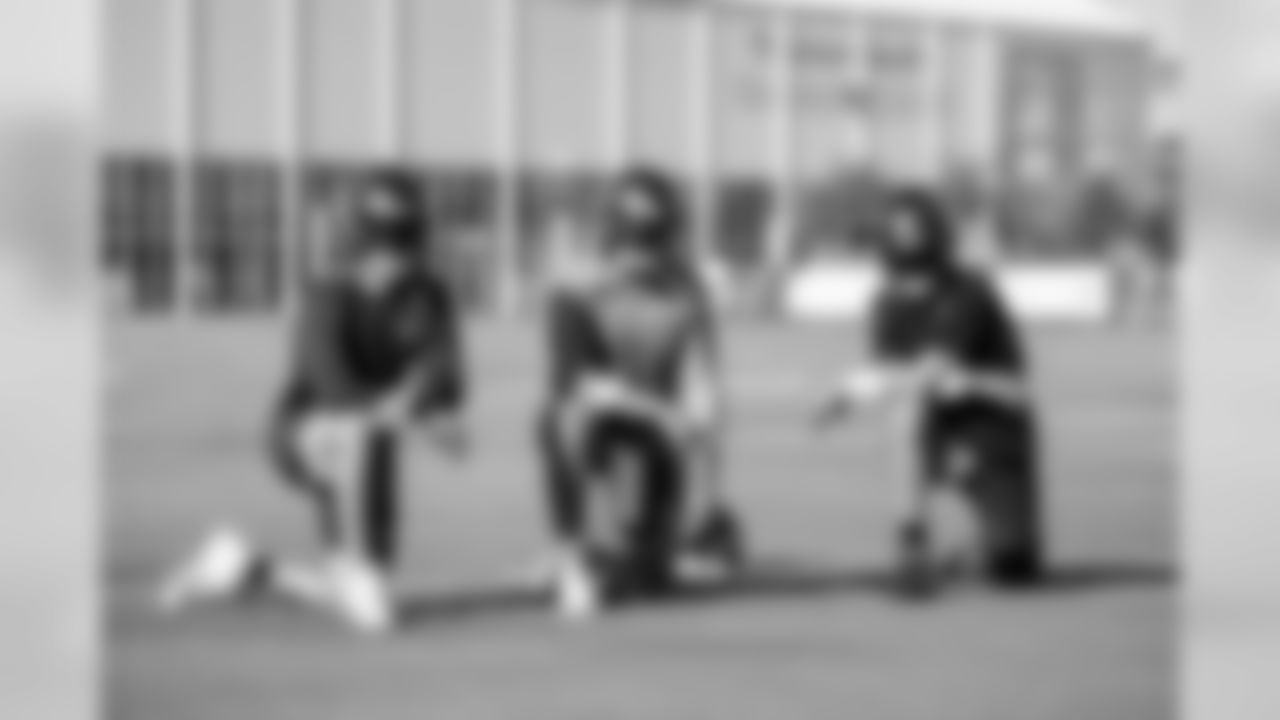
TAMPA, FL - AUGUST 09, 2020 - Quarterback Ryan Griffin #4, Quarterback Blaine Gabbert #11 and Quarterback Tom Brady #12 of the Tampa Bay Buccaneers during day 6 of 2020 Training Camp practice at AdventHealth Training Center. Photo By Tori Richman/Tampa Bay Buccaneers
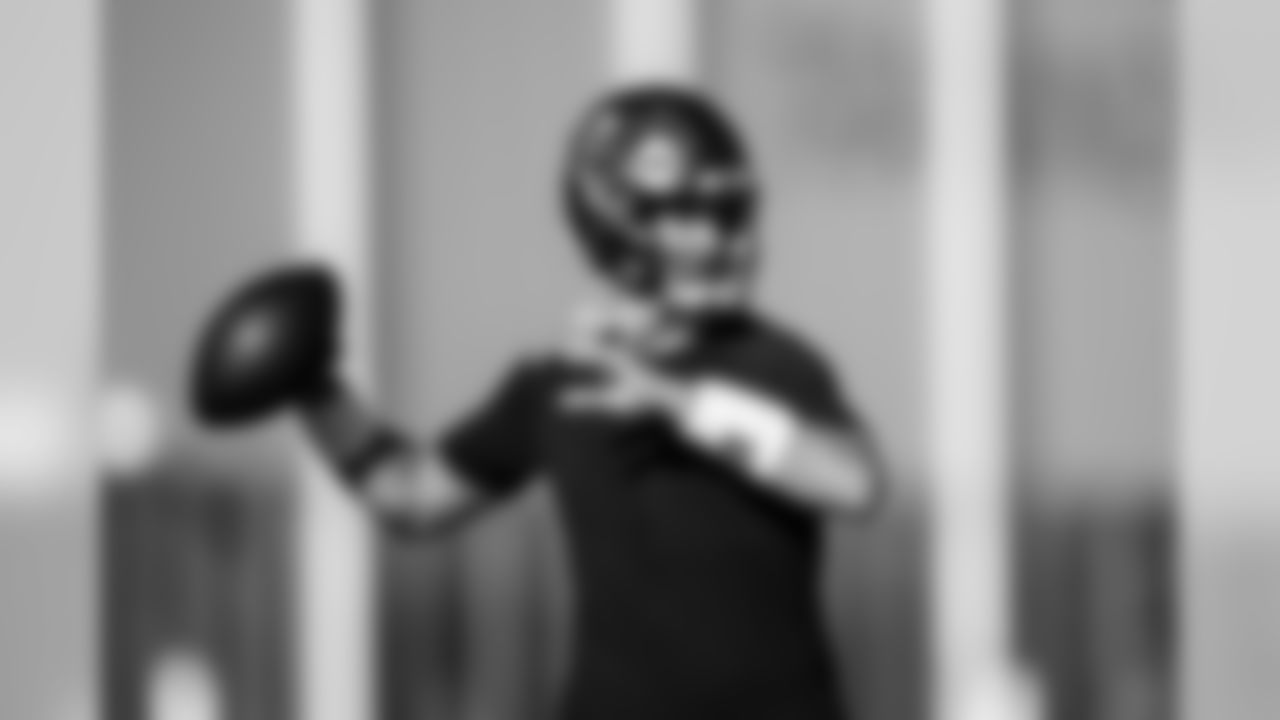
TAMPA, FL - AUGUST 09, 2020 - Quarterback Tom Brady #12 of the Tampa Bay Buccaneers during day 6 of 2020 Training Camp practice at AdventHealth Training Center. Photo By Tori Richman/Tampa Bay Buccaneers
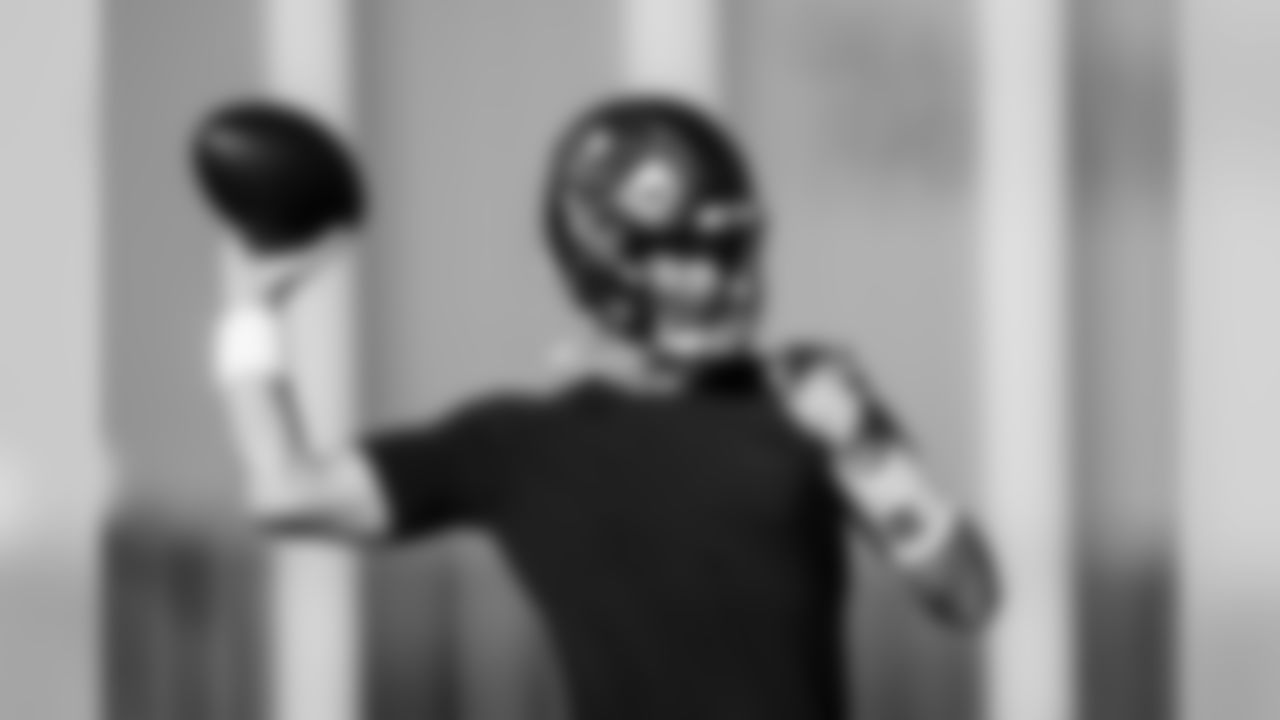
TAMPA, FL - AUGUST 09, 2020 - Quarterback Tom Brady #12 of the Tampa Bay Buccaneers during day 6 of 2020 Training Camp practice at AdventHealth Training Center. Photo By Tori Richman/Tampa Bay Buccaneers
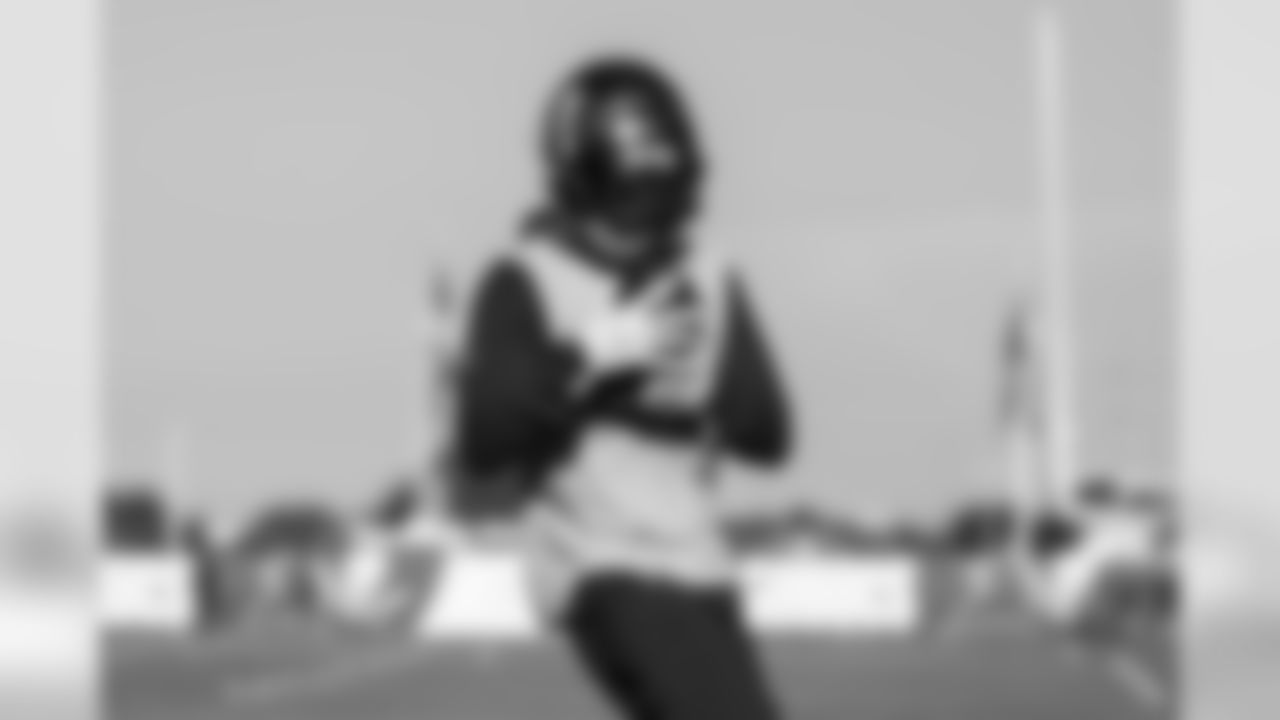
TAMPA, FL - AUGUST 09, 2020 - Wide Receiver John Franklin #5 of The Tampa Bay Buccaneers during day 6 of 2020 Training Camp practice at AdventHealth Training Center. Photo By Tori Richman/Tampa Bay Buccaneers
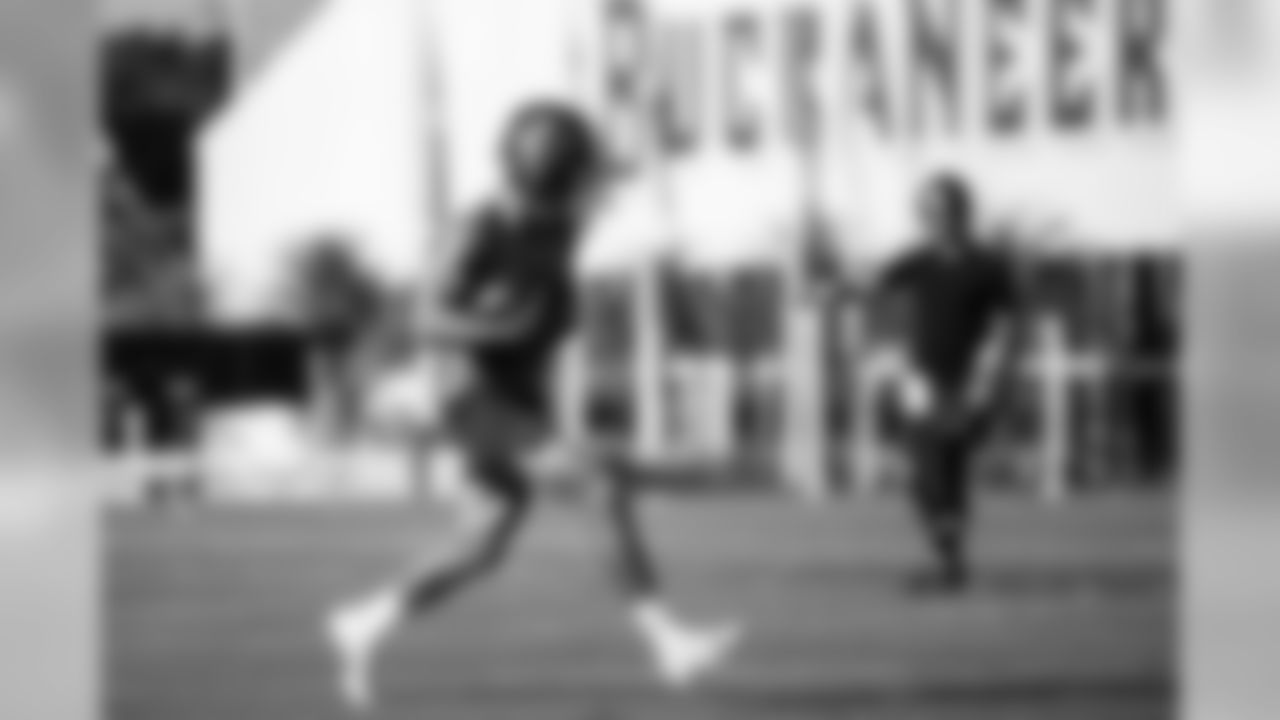
TAMPA, FL - AUGUST 09, 2020 - Wide Receiver Justin Watson #17 of the Tampa Bay Buccaneers during day 6 of 2020 Training Camp practice at AdventHealth Training Center. Photo By Tori Richman/Tampa Bay Buccaneers

TAMPA, FL - AUGUST 09, 2020 - Wide Receiver Bryant Mitchell #16 of the Tampa Bay Buccaneers during day 6 of 2020 Training Camp practice at AdventHealth Training Center. Photo By Tori Richman/Tampa Bay Buccaneers
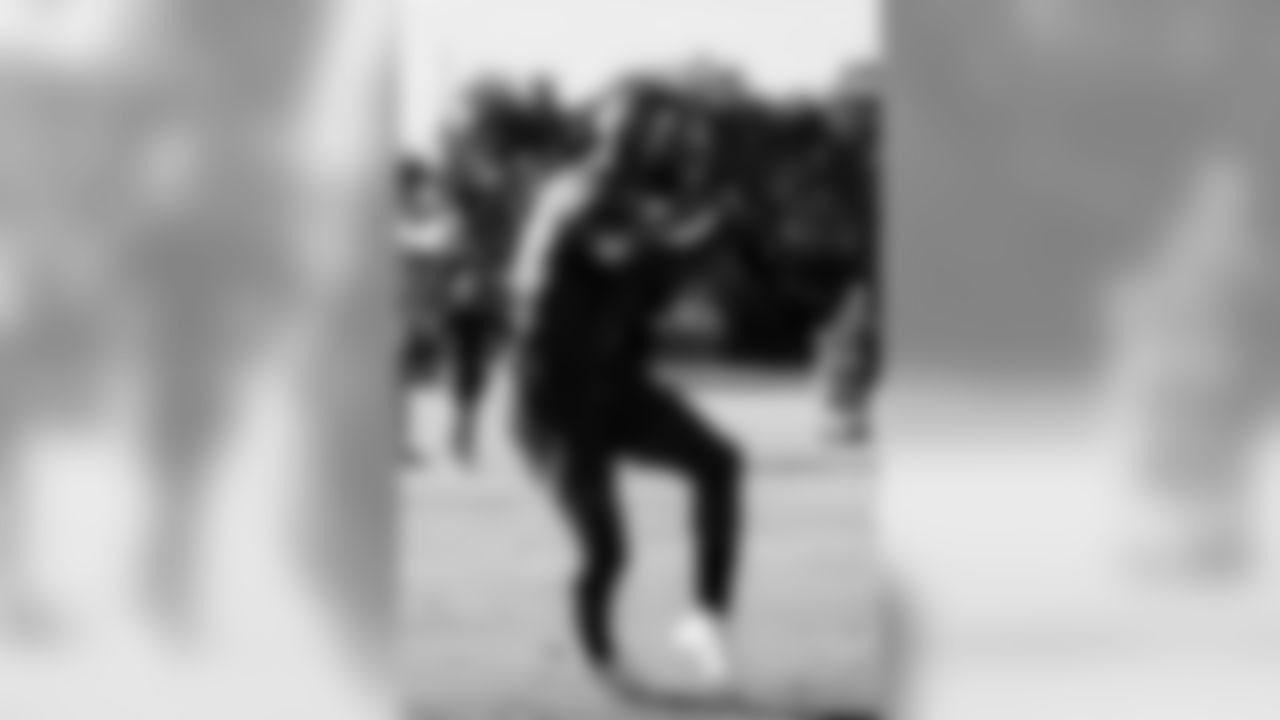
TAMPA, FL - AUGUST 09, 2020 - Wide Receiver Jaydon Mickens of The Tampa Bay Buccaneers during day 6 of 2020 Training Camp practice at AdventHealth Training Center. Photo By Tori Richman/Tampa Bay Buccaneers
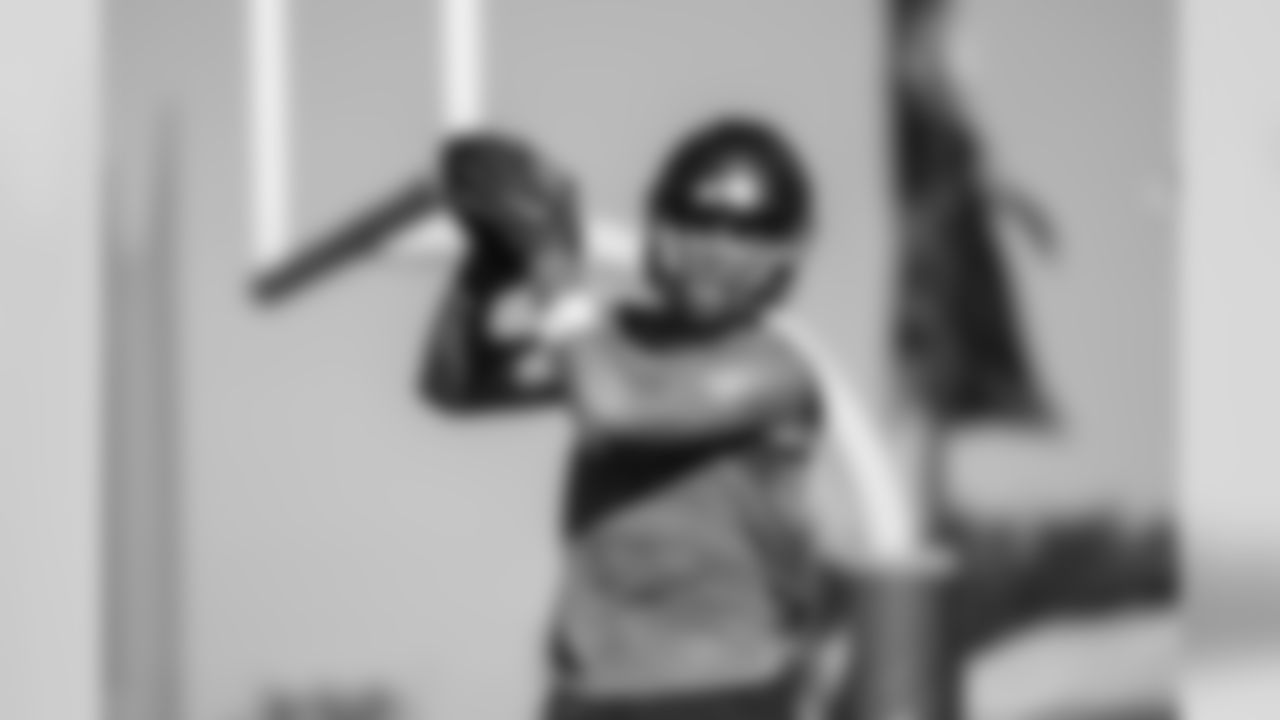
TAMPA, FL - AUGUST 09, 2020 - Wide Receiver Justin Watson #17 of the Tampa Bay Buccaneers during day 6 of 2020 Training Camp practice at AdventHealth Training Center. Photo By Tori Richman/Tampa Bay Buccaneers

TAMPA, FL - AUGUST 09, 2020 - Wide Receiver Josh Pearson #89 of the Tampa Bay Buccaneers during day 6 of 2020 Training Camp practice at AdventHealth Training Center. Photo By Tori Richman/Tampa Bay Buccaneers

TAMPA, FL - AUGUST 09, 2020 - Wide Receiver Jaydon Mickens of The Tampa Bay Buccaneers during day 6 of 2020 Training Camp practice at AdventHealth Training Center. Photo By Tori Richman/Tampa Bay Buccaneers

TAMPA, FL - AUGUST 09, 2020 - Quarterback Tom Brady #12 of the Tampa Bay Buccaneers during day 6 of 2020 Training Camp practice at AdventHealth Training Center. Photo By Tori Richman/Tampa Bay Buccaneers

TAMPA, FL - AUGUST 09, 2020 - Tight End Rob Gronkowski #87 of the Tampa Bay Buccaneers during day 6 of 2020 Training Camp practice at AdventHealth Training Center. Photo By Tori Richman/Tampa Bay Buccaneers
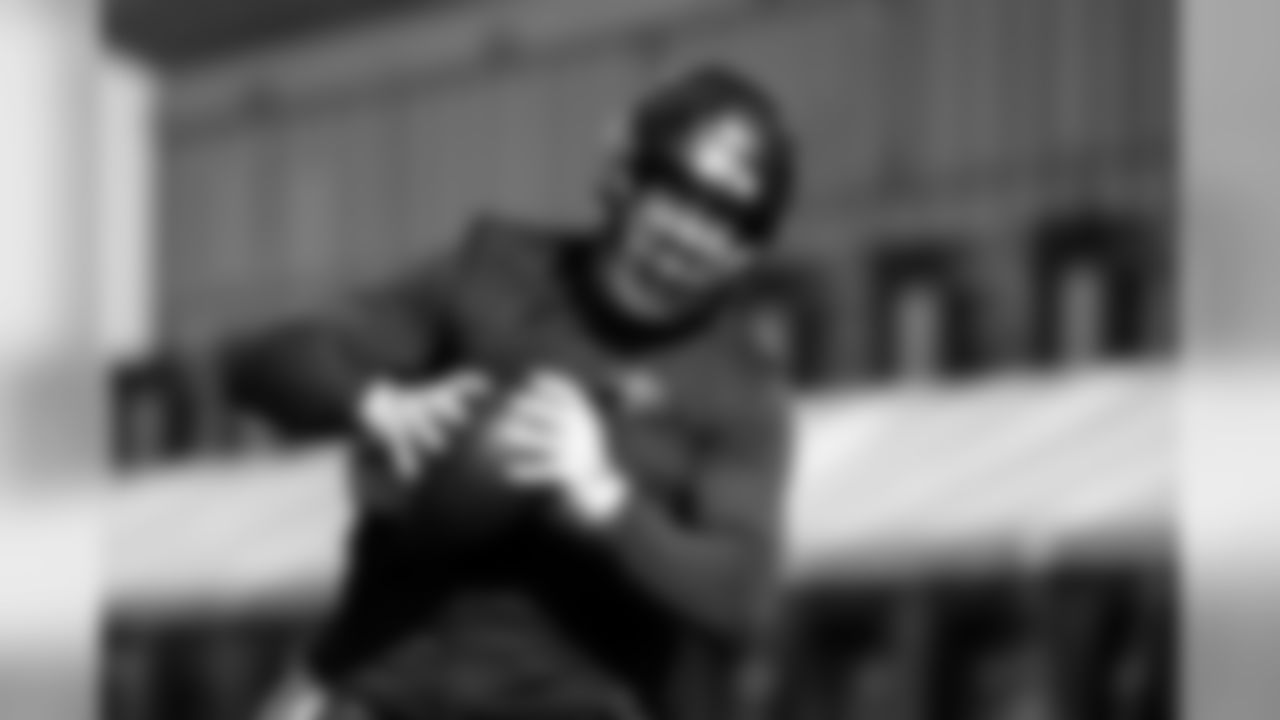
TAMPA, FL - AUGUST 09, 2020 - Tight End Cameron Brate #84 of the Tampa Bay Buccaneers during day 6 of 2020 Training Camp practice at AdventHealth Training Center. Photo By Tori Richman/Tampa Bay Buccaneers

TAMPA, FL - AUGUST 09, 2020 - Running Back LeSean McCoy #25 of the Tampa Bay Buccaneers during day 6 of 2020 Training Camp practice at AdventHealth Training Center. Photo By Tori Richman/Tampa Bay Buccaneers
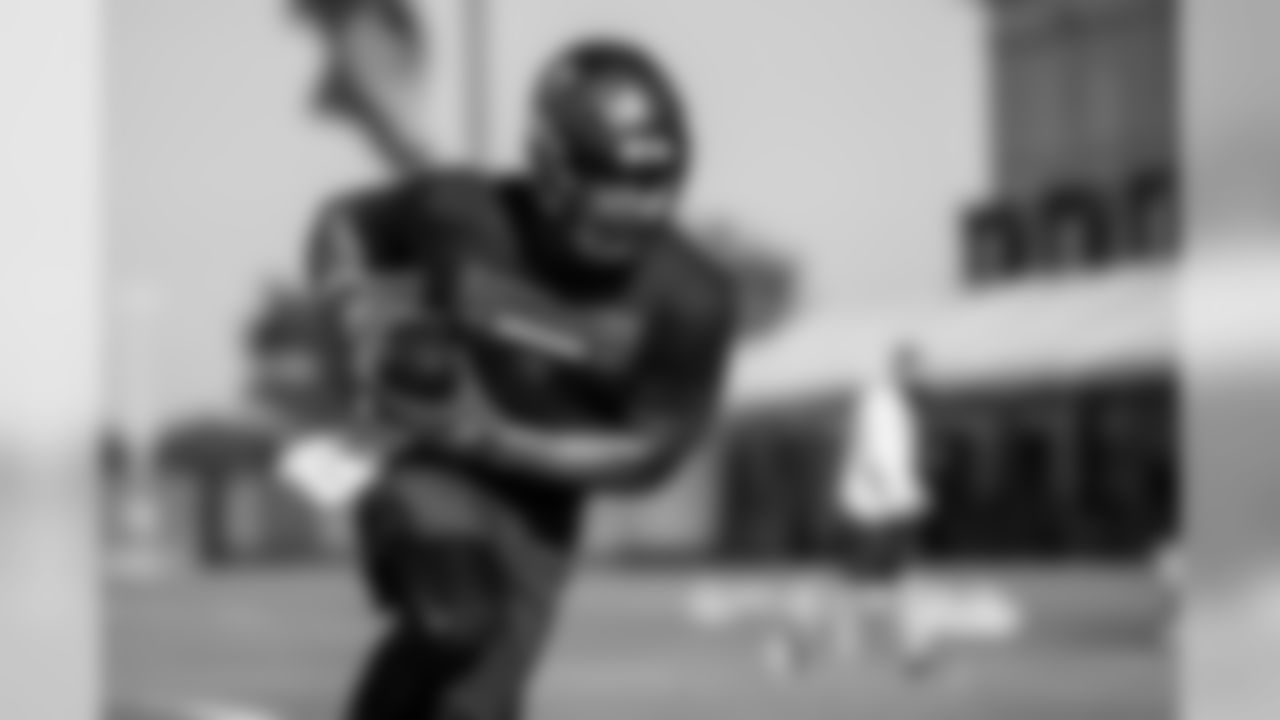
TAMPA, FL - AUGUST 09, 2020 - Tight End O.J. Howard #80 of the Tampa Bay Buccaneers during day 6 of 2020 Training Camp practice at AdventHealth Training Center. Photo By Tori Richman/Tampa Bay Buccaneers

TAMPA, FL - AUGUST 09, 2020 - Quarterback Tom Brady #12 of the Tampa Bay Buccaneers during day 6 of 2020 Training Camp practice at AdventHealth Training Center. Photo By Tori Richman/Tampa Bay Buccaneers

TAMPA, FL - AUGUST 09, 2020 - Wide Receiver Josh Pearson #89 of the Tampa Bay Buccaneers during day 6 of 2020 Training Camp practice at AdventHealth Training Center. Photo By Tori Richman/Tampa Bay Buccaneers

TAMPA, FL - AUGUST 09, 2020 - Wide Receiver Mike Evans #13 of the Tampa Bay Buccaneers during day 6 of 2020 Training Camp practice at AdventHealth Training Center. Photo By Tori Richman/Tampa Bay Buccaneers
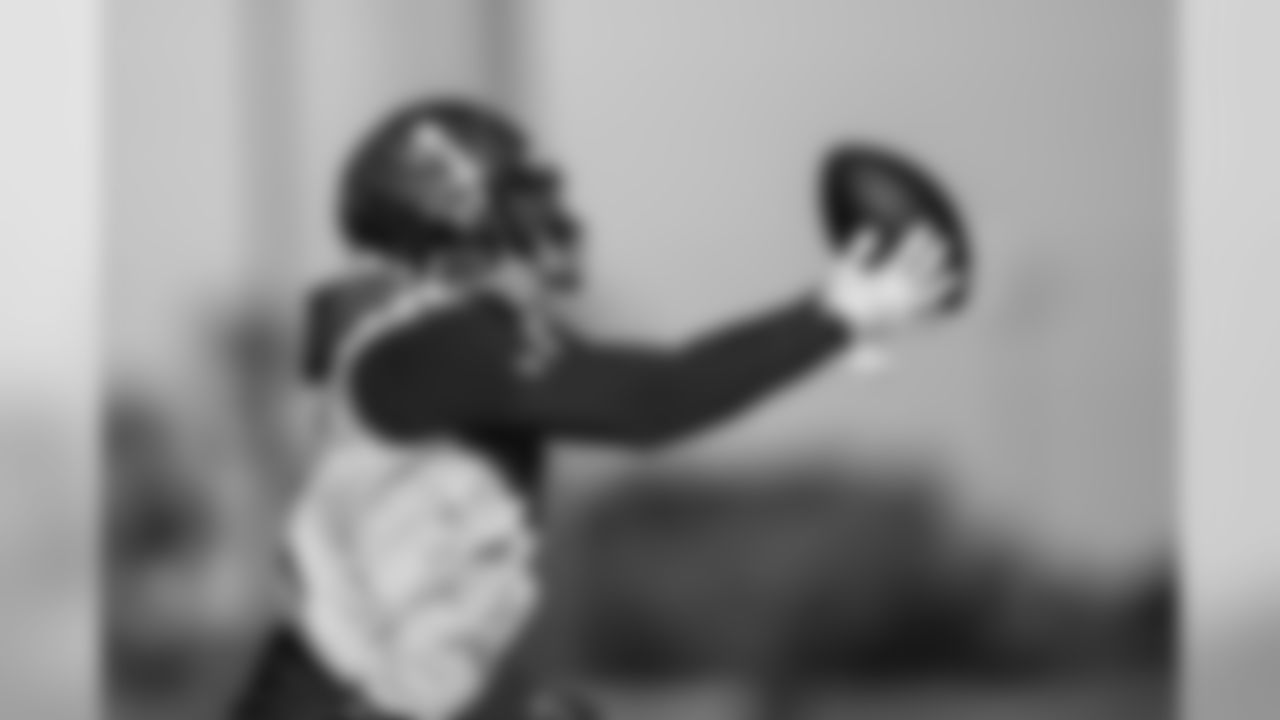
TAMPA, FL - AUGUST 09, 2020 - Wide Receiver John Franklin #5 of The Tampa Bay Buccaneers during day 6 of 2020 Training Camp practice at AdventHealth Training Center. Photo By Tori Richman/Tampa Bay Buccaneers

TAMPA, FL - AUGUST 09, 2020 - Wide Receiver John Hurst #6 of the Tampa Bay Buccaneers during day 6 of 2020 Training Camp practice at AdventHealth Training Center. Photo By Tori Richman/Tampa Bay Buccaneers

TAMPA, FL - AUGUST 09, 2020 - Tight End Antony Auclair #82 of the Tampa Bay Buccaneers during day 6 of 2020 Training Camp practice at AdventHealth Training Center. Photo By Tori Richman/Tampa Bay Buccaneers

TAMPA, FL - AUGUST 09, 2020 - Tight End Codey McElroy #86 of the Tampa Bay Buccaneers during day 6 of 2020 Training Camp practice at AdventHealth Training Center. Photo By Tori Richman/Tampa Bay Buccaneers

TAMPA, FL - AUGUST 09, 2020 - Wide Receiver John Franklin #5 of The Tampa Bay Buccaneers during day 6 of 2020 Training Camp practice at AdventHealth Training Center. Photo By Tori Richman/Tampa Bay Buccaneers
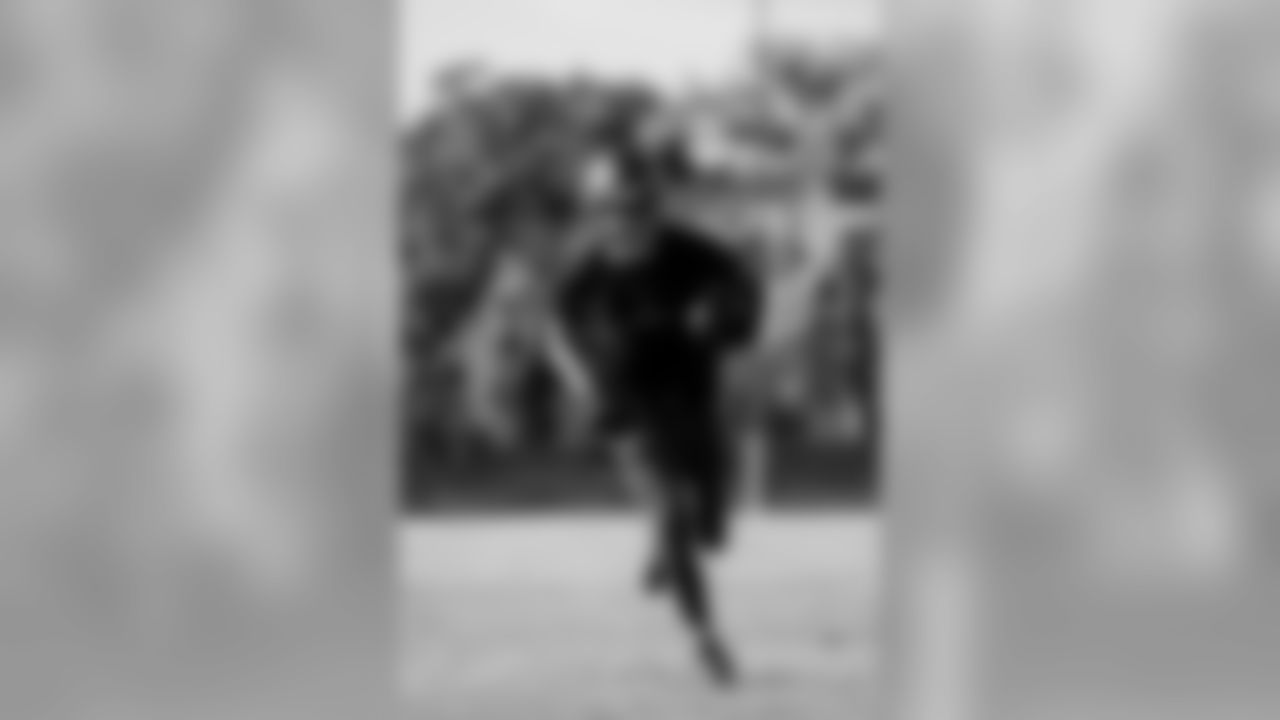
TAMPA, FL - AUGUST 09, 2020 - Wide Receiver Mike Evans #13 of the Tampa Bay Buccaneers during day 6 of 2020 Training Camp practice at AdventHealth Training Center. Photo By Tori Richman/Tampa Bay Buccaneers

TAMPA, FL - AUGUST 09, 2020 - Tight End Antony Auclair #82 of the Tampa Bay Buccaneers during day 6 of 2020 Training Camp practice at AdventHealth Training Center. Photo By Tori Richman/Tampa Bay Buccaneers

TAMPA, FL - AUGUST 09, 2020 - Wide Receiver John Hurst #6 of the Tampa Bay Buccaneers during day 6 of 2020 Training Camp practice at AdventHealth Training Center. Photo By Tori Richman/Tampa Bay Buccaneers
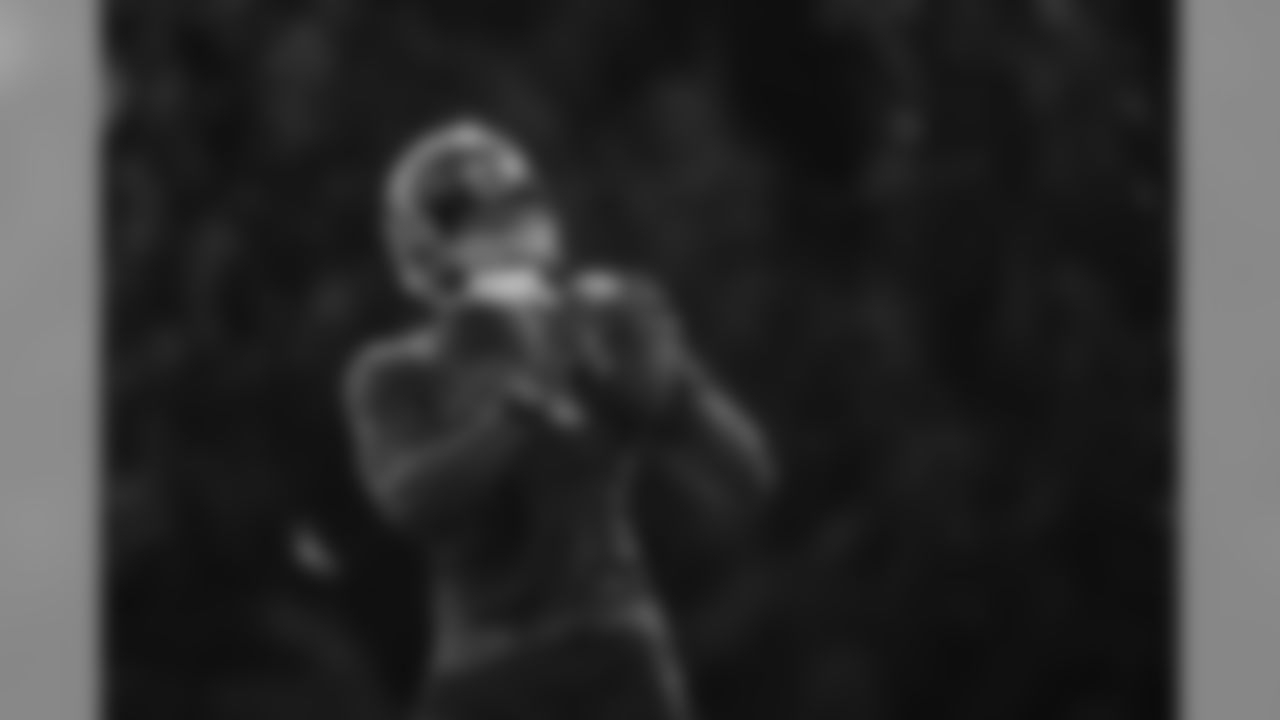
TAMPA, FL - AUGUST 09, 2020 - Wide Receiver Bryant Mitchell #16 of the Tampa Bay Buccaneers during day 6 of 2020 Training Camp practice at AdventHealth Training Center. Photo By Tori Richman/Tampa Bay Buccaneers

TAMPA, FL - AUGUST 09, 2020 - Wide Receiver Jaydon Mickens of The Tampa Bay Buccaneers during day 6 of 2020 Training Camp practice at AdventHealth Training Center. Photo By Tori Richman/Tampa Bay Buccaneers
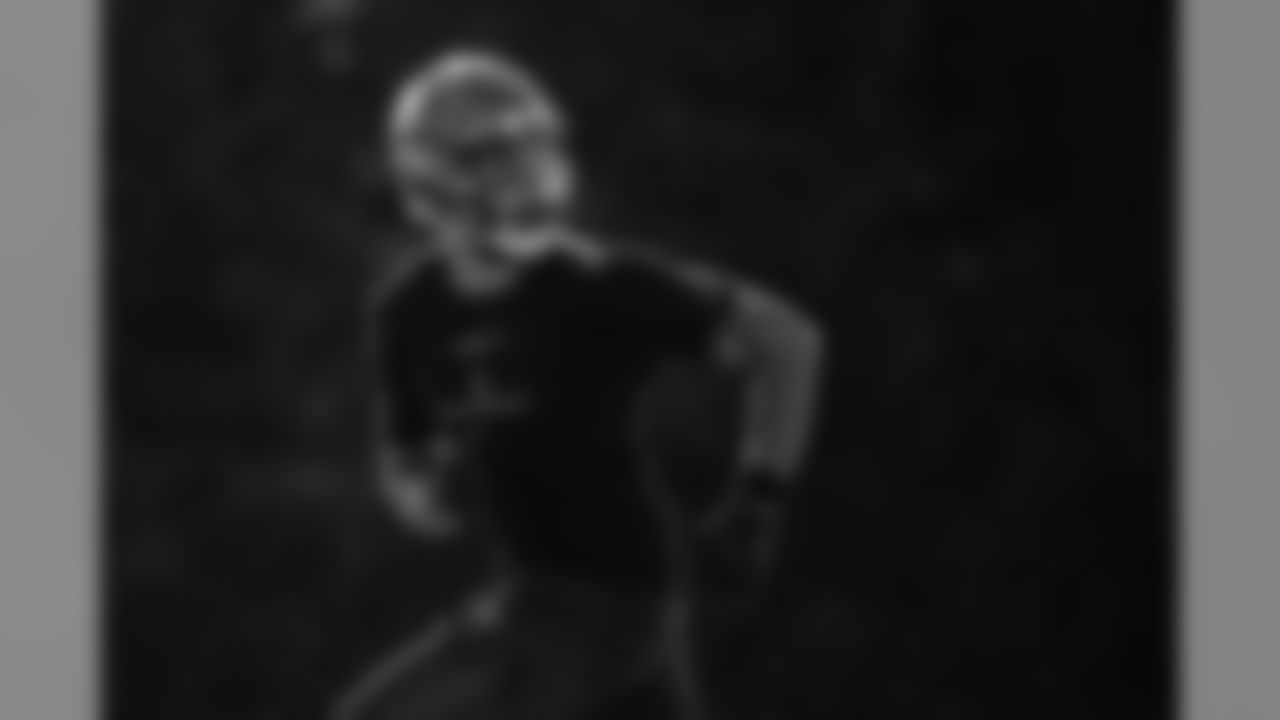
TAMPA, FL - AUGUST 09, 2020 - Wide Receiver Mike Evans #13 of the Tampa Bay Buccaneers during day 6 of 2020 Training Camp practice at AdventHealth Training Center. Photo By Tori Richman/Tampa Bay Buccaneers
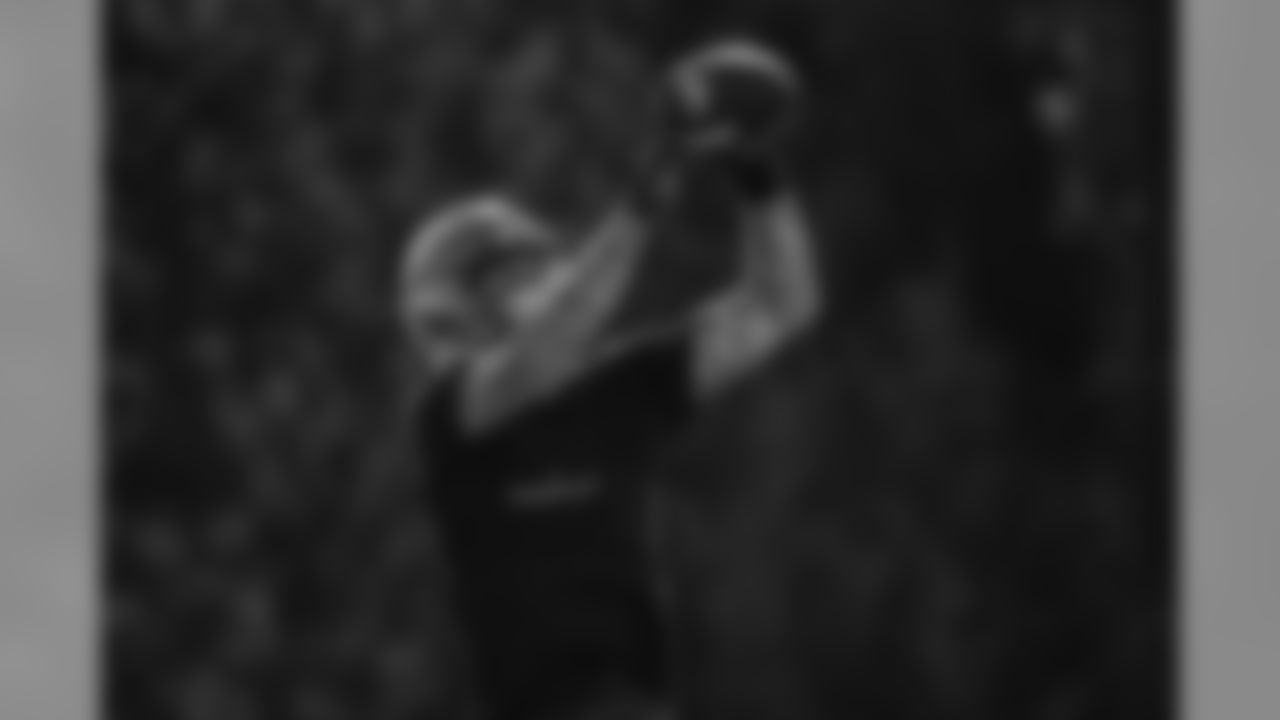
TAMPA, FL - AUGUST 09, 2020 - Wide Receiver Mike Evans #13 of the Tampa Bay Buccaneers during day 6 of 2020 Training Camp practice at AdventHealth Training Center. Photo By Tori Richman/Tampa Bay Buccaneers
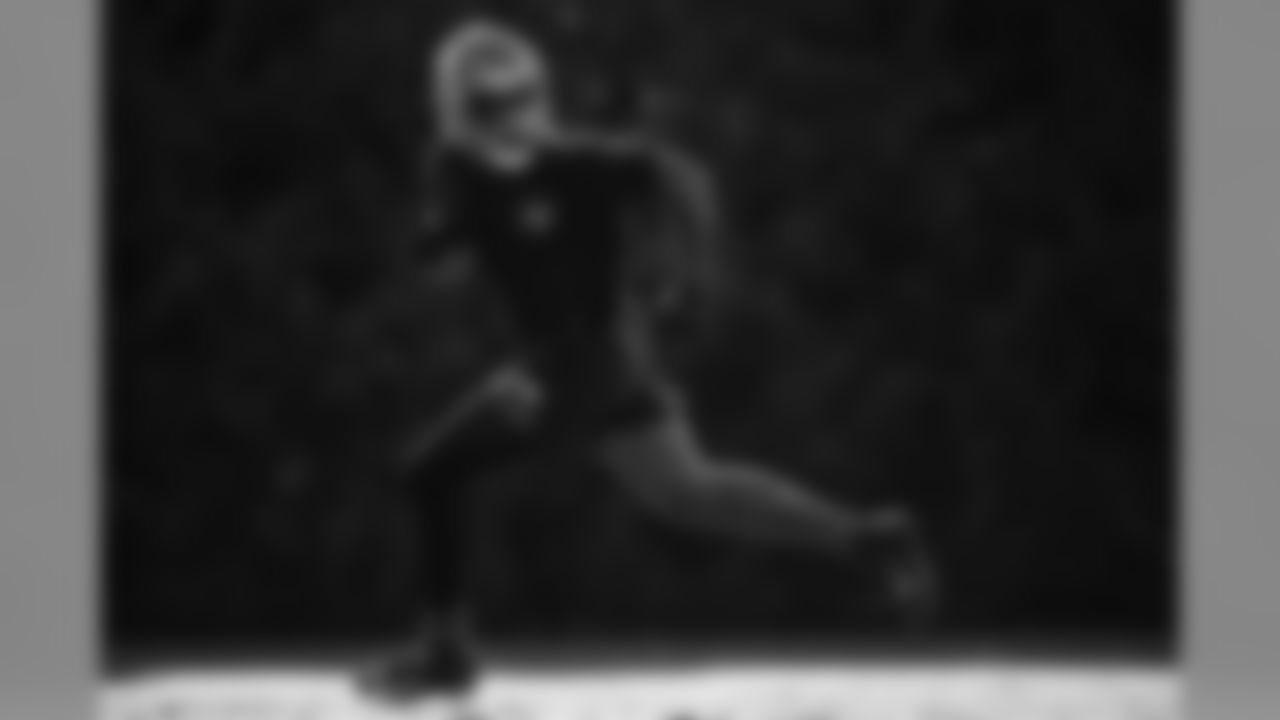
TAMPA, FL - AUGUST 09, 2020 - Wide Receiver Chris Godwin #14 of the Tampa Bay Buccaneers during day 6 of 2020 Training Camp practice at AdventHealth Training Center. Photo By Tori Richman/Tampa Bay Buccaneers
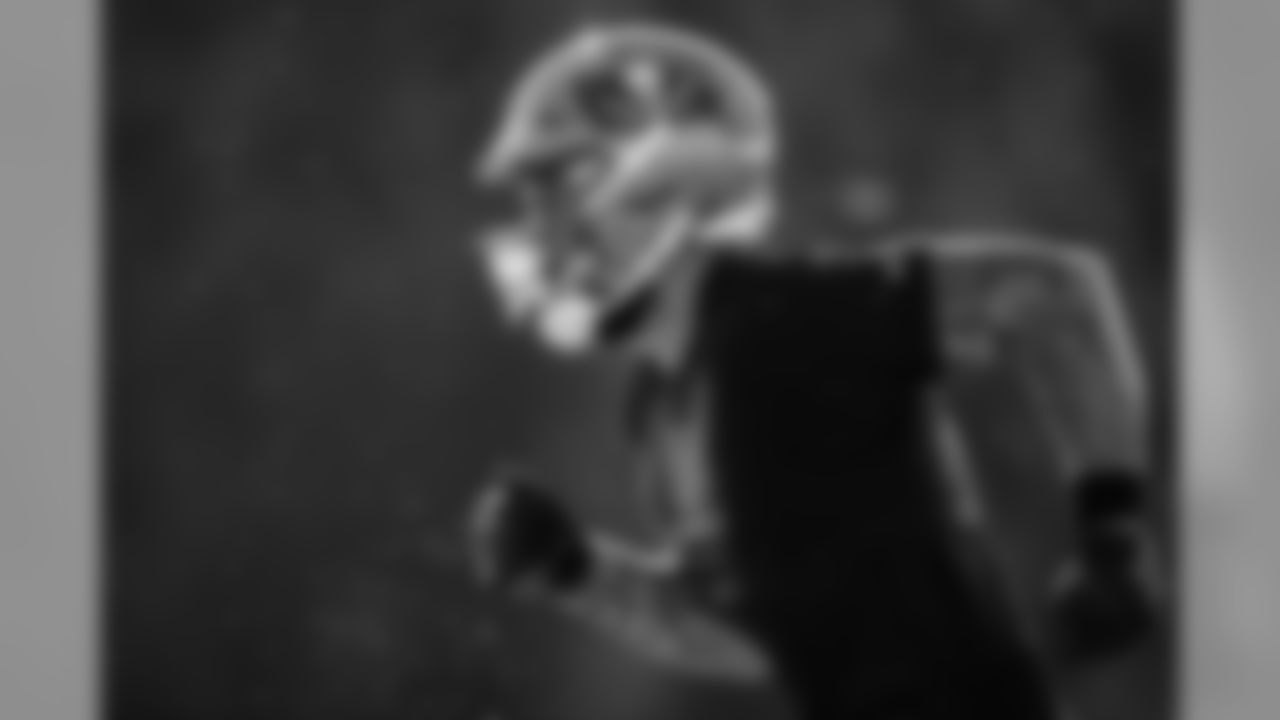
TAMPA, FL - AUGUST 09, 2020 - Wide Receiver Mike Evans #13 of the Tampa Bay Buccaneers during day 6 of 2020 Training Camp practice at AdventHealth Training Center. Photo By Tori Richman/Tampa Bay Buccaneers

TAMPA, FL - AUGUST 09, 2020 - Tight End O.J. Howard #80 of the Tampa Bay Buccaneers during day 6 of 2020 Training Camp practice at AdventHealth Training Center. Photo By Tori Richman/Tampa Bay Buccaneers
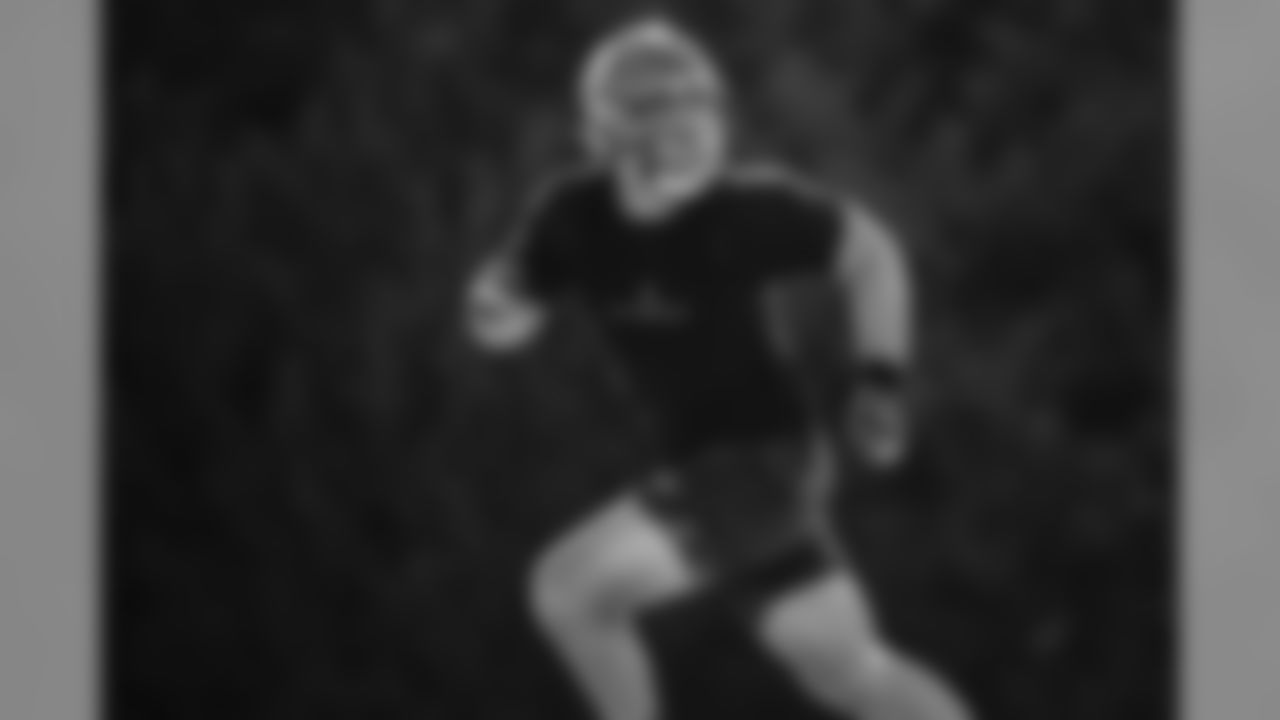
TAMPA, FL - AUGUST 09, 2020 - Tight End Codey McElroy #86 of the Tampa Bay Buccaneers during day 6 of 2020 Training Camp practice at AdventHealth Training Center. Photo By Tori Richman/Tampa Bay Buccaneers
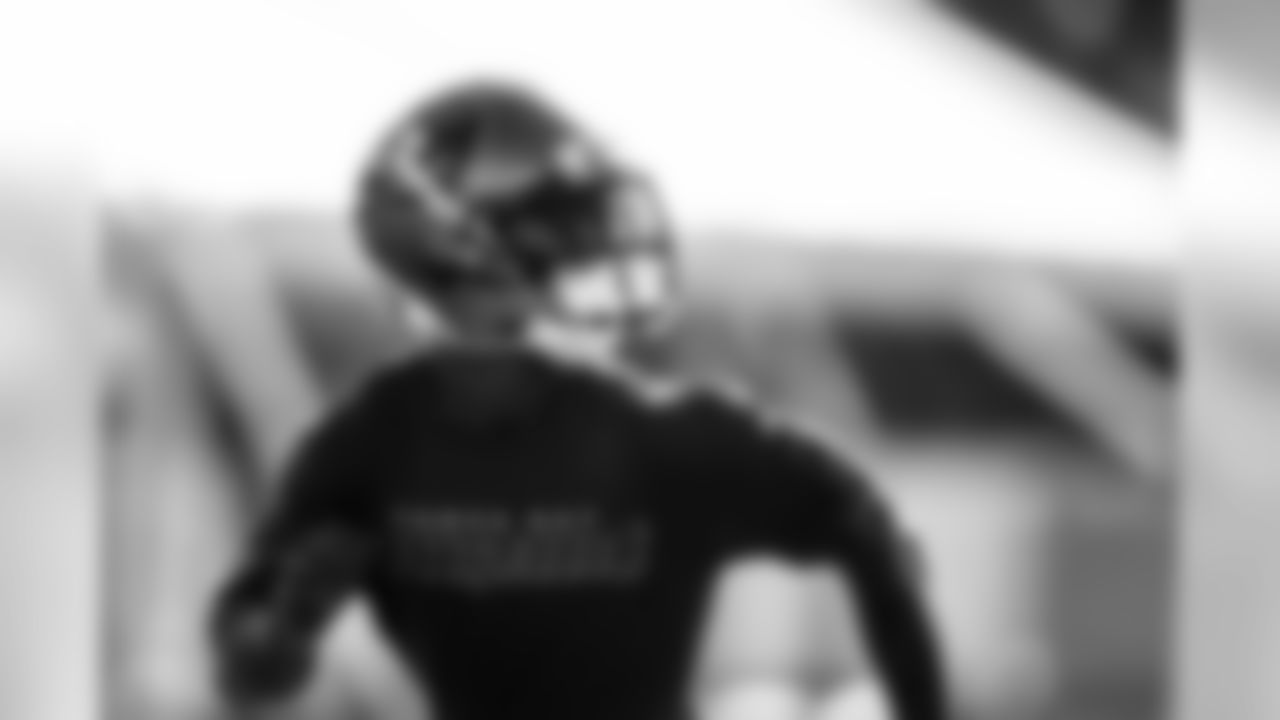
TAMPA, FL - AUGUST 09, 2020 - Wide Receiver Jaydon Mickens of The Tampa Bay Buccaneers during day 6 of 2020 Training Camp practice at AdventHealth Training Center. Photo By Tori Richman/Tampa Bay Buccaneers
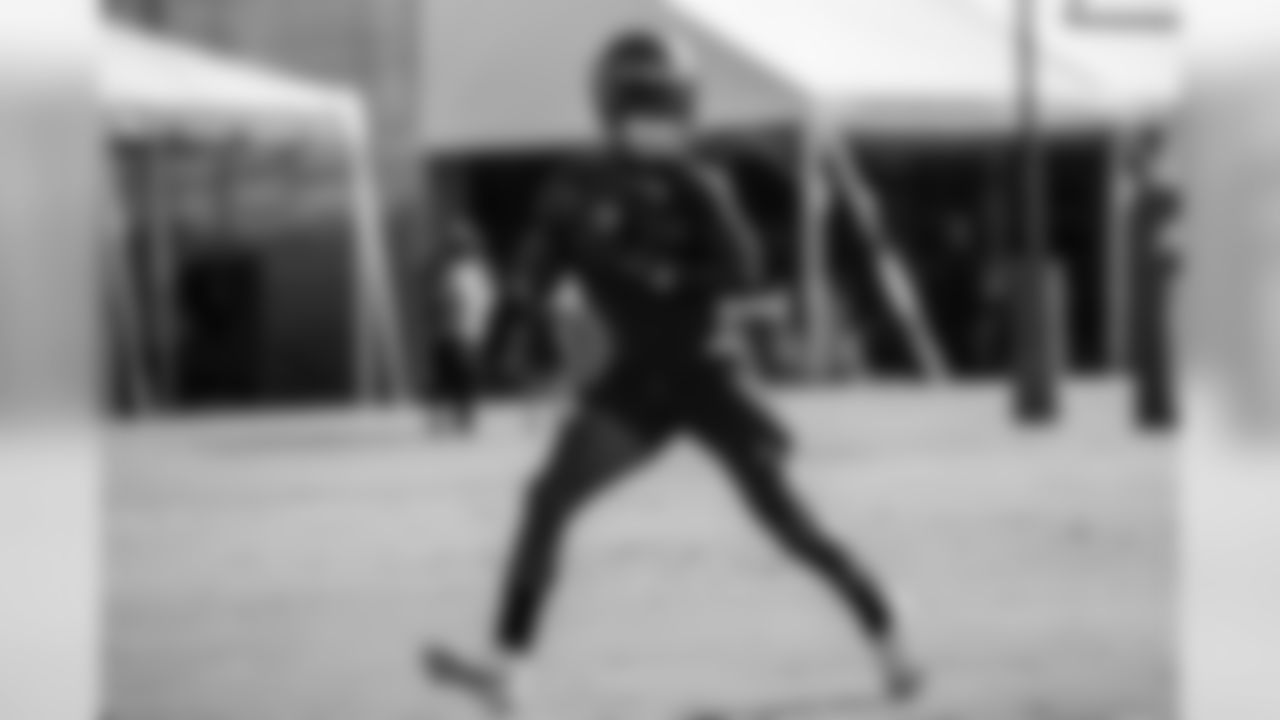
TAMPA, FL - AUGUST 09, 2020 - Wide Receiver Jaydon Mickens of The Tampa Bay Buccaneers during day 6 of 2020 Training Camp practice at AdventHealth Training Center. Photo By Tori Richman/Tampa Bay Buccaneers

TAMPA, FL - AUGUST 09, 2020 - Running Back Ronald Jones II #27 of the Tampa Bay Buccaneers during day 6 of 2020 Training Camp practice at AdventHealth Training Center. Photo By Tori Richman/Tampa Bay Buccaneers
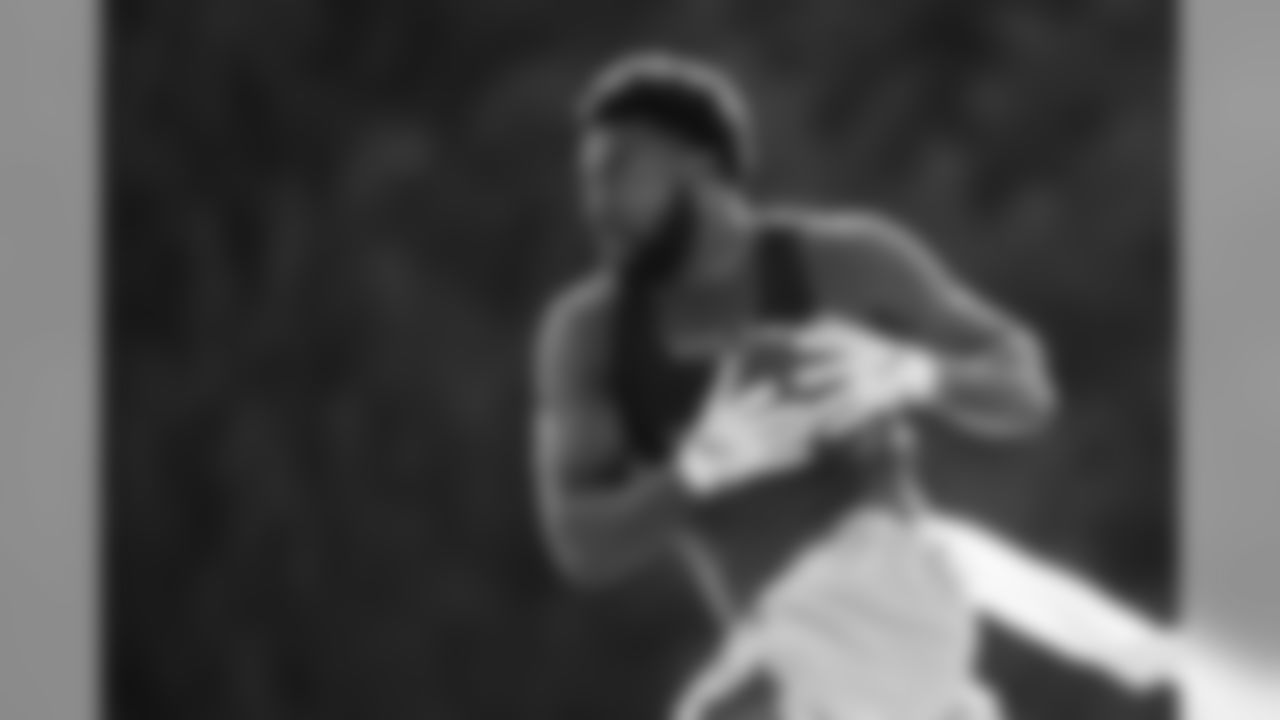
TAMPA, FL - AUGUST 09, 2020 - Running Back T.J. Logan #22 of the Tampa Bay Buccaneers during day 6 of 2020 Training Camp practice at AdventHealth Training Center. Photo By Tori Richman/Tampa Bay Buccaneers
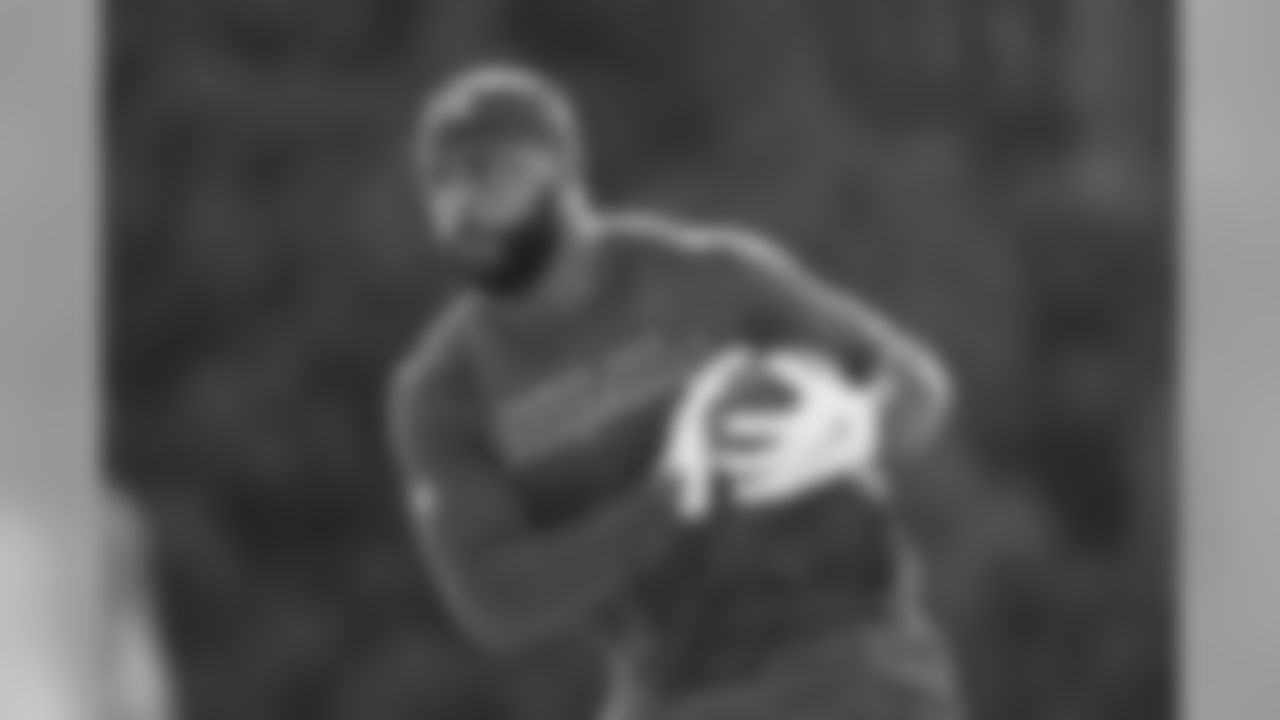
TAMPA, FL - AUGUST 09, 2020 - Running Back Ke'Shawn Vaughn #30 of the Tampa Bay Buccaneers during day 6 of 2020 Training Camp practice at AdventHealth Training Center. Photo By Tori Richman/Tampa Bay Buccaneers
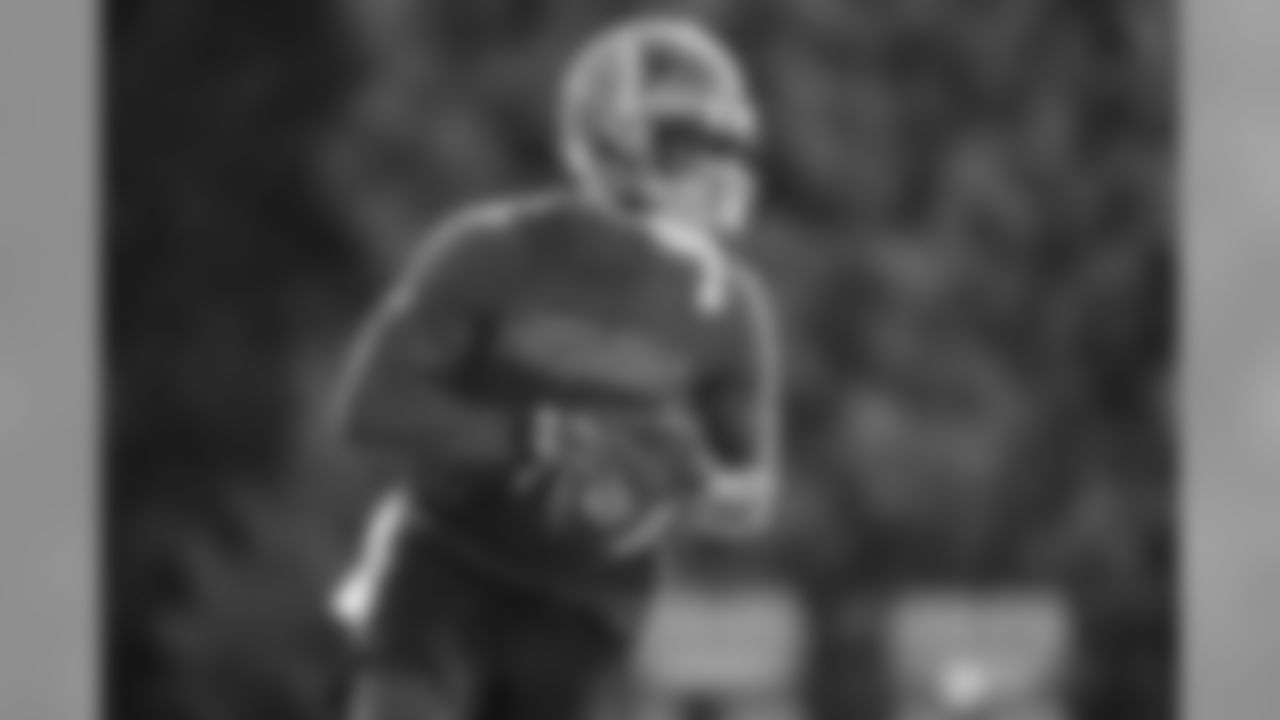
TAMPA, FL - AUGUST 09, 2020 - Wide Receiver Bryant Mitchell #16 of the Tampa Bay Buccaneers during day 6 of 2020 Training Camp practice at AdventHealth Training Center. Photo By Tori Richman/Tampa Bay Buccaneers
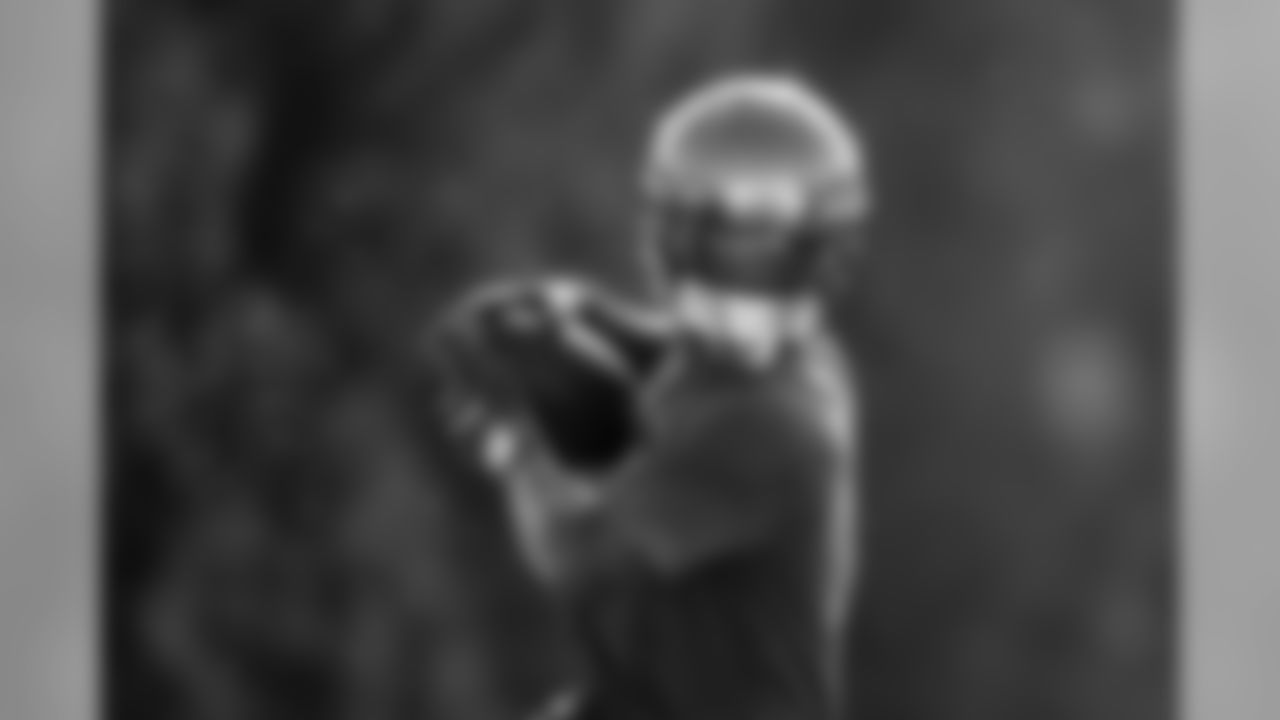
TAMPA, FL - AUGUST 09, 2020 - Wide Receiver Jaydon Mickens of The Tampa Bay Buccaneers during day 6 of 2020 Training Camp practice at AdventHealth Training Center. Photo By Tori Richman/Tampa Bay Buccaneers

TAMPA, FL - AUGUST 09, 2020 - Running Back LeSean McCoy #25 of the Tampa Bay Buccaneers during day 6 of 2020 Training Camp practice at AdventHealth Training Center. Photo By Tori Richman/Tampa Bay Buccaneers

TAMPA, FL - AUGUST 09, 2020 - Running Back Raymond Calais #43 of the Tampa Bay Buccaneers during day 6 of 2020 Training Camp practice at AdventHealth Training Center. Photo By Tori Richman/Tampa Bay Buccaneers
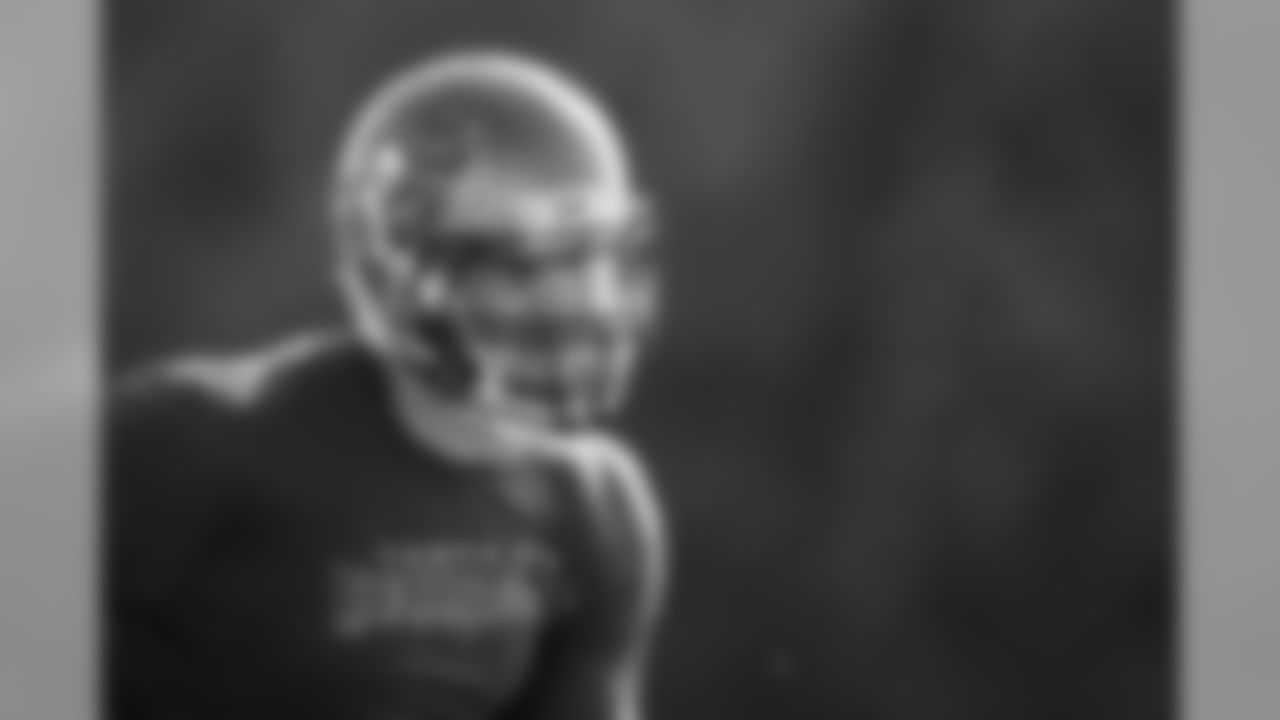
TAMPA, FL - AUGUST 09, 2020 - Tight End Rob Gronkowski #87 of the Tampa Bay Buccaneers during day 6 of 2020 Training Camp practice at AdventHealth Training Center. Photo By Tori Richman/Tampa Bay Buccaneers

TAMPA, FL - AUGUST 09, 2020 - Tight End Antony Auclair #82 of the Tampa Bay Buccaneers during day 6 of 2020 Training Camp practice at AdventHealth Training Center. Photo By Tori Richman/Tampa Bay Buccaneers

TAMPA, FL - AUGUST 09, 2020 - Tight End Codey McElroy #86 of the Tampa Bay Buccaneers during day 6 of 2020 Training Camp practice at AdventHealth Training Center. Photo By Tori Richman/Tampa Bay Buccaneers
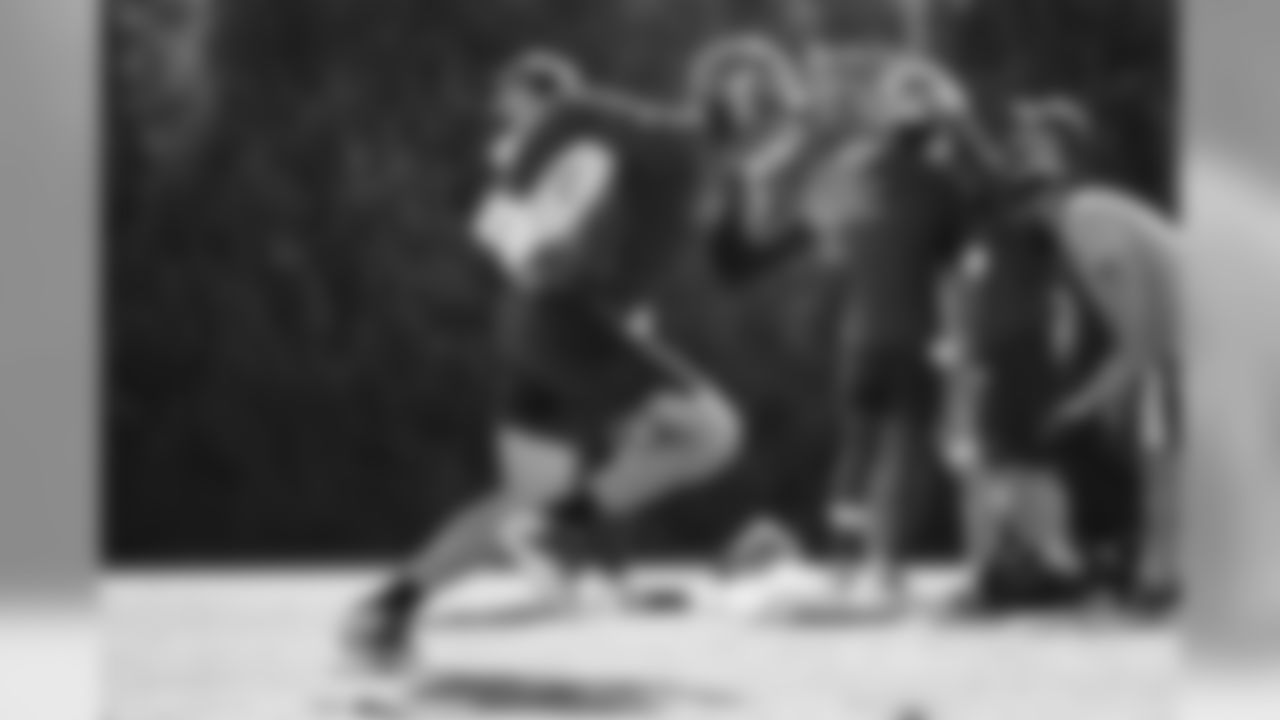
TAMPA, FL - AUGUST 09, 2020 - Tight End Rob Gronkowski #87 of the Tampa Bay Buccaneers during day 6 of 2020 Training Camp practice at AdventHealth Training Center. Photo By Tori Richman/Tampa Bay Buccaneers

TAMPA, FL - AUGUST 09, 2020 - Tight End Rob Gronkowski #87 and Quarterback Tom Brady #12 of the Tampa Bay Buccaneers during day 6 of 2020 Training Camp practice at AdventHealth Training Center. Photo By Tori Richman/Tampa Bay Buccaneers
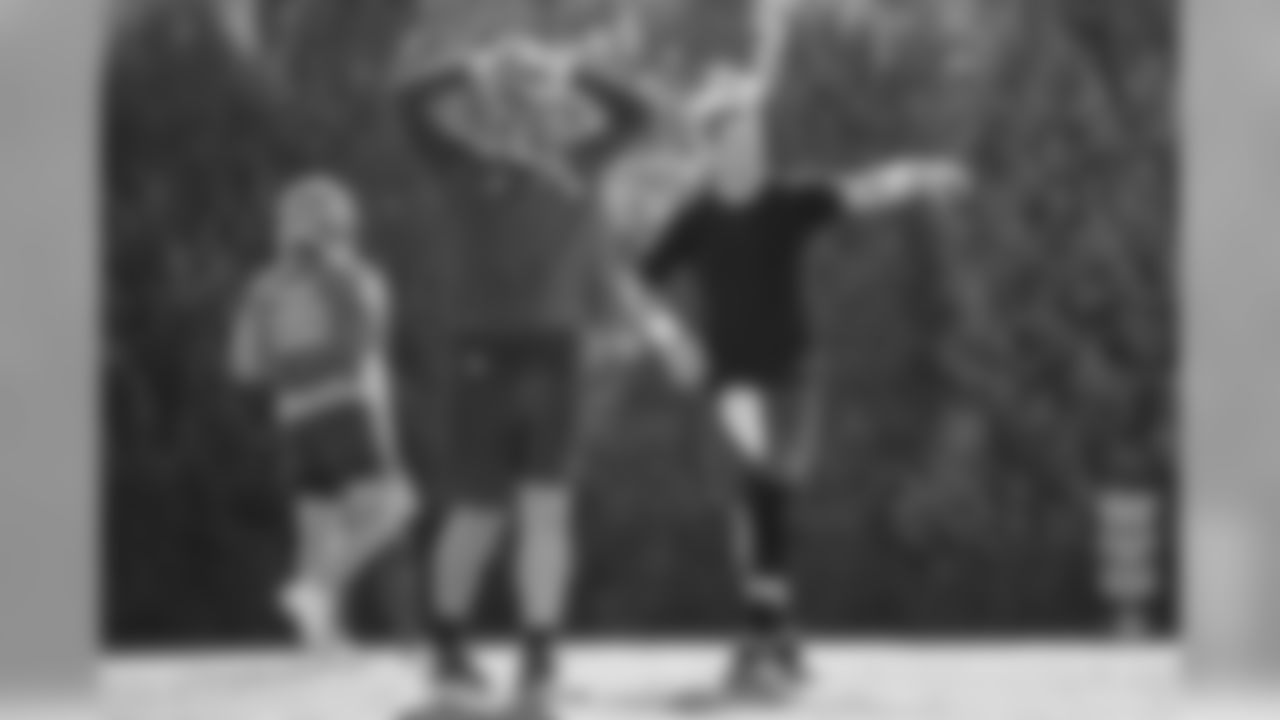
TAMPA, FL - AUGUST 09, 2020 - Tight End Rob Gronkowski #87 and Quarterback Tom Brady #12 of the Tampa Bay Buccaneers during day 6 of 2020 Training Camp practice at AdventHealth Training Center. Photo By Tori Richman/Tampa Bay Buccaneers

TAMPA, FL - AUGUST 09, 2020 - Quarterback Tom Brady #12 of the Tampa Bay Buccaneers during day 6 of 2020 Training Camp practice at AdventHealth Training Center. Photo By Tori Richman/Tampa Bay Buccaneers
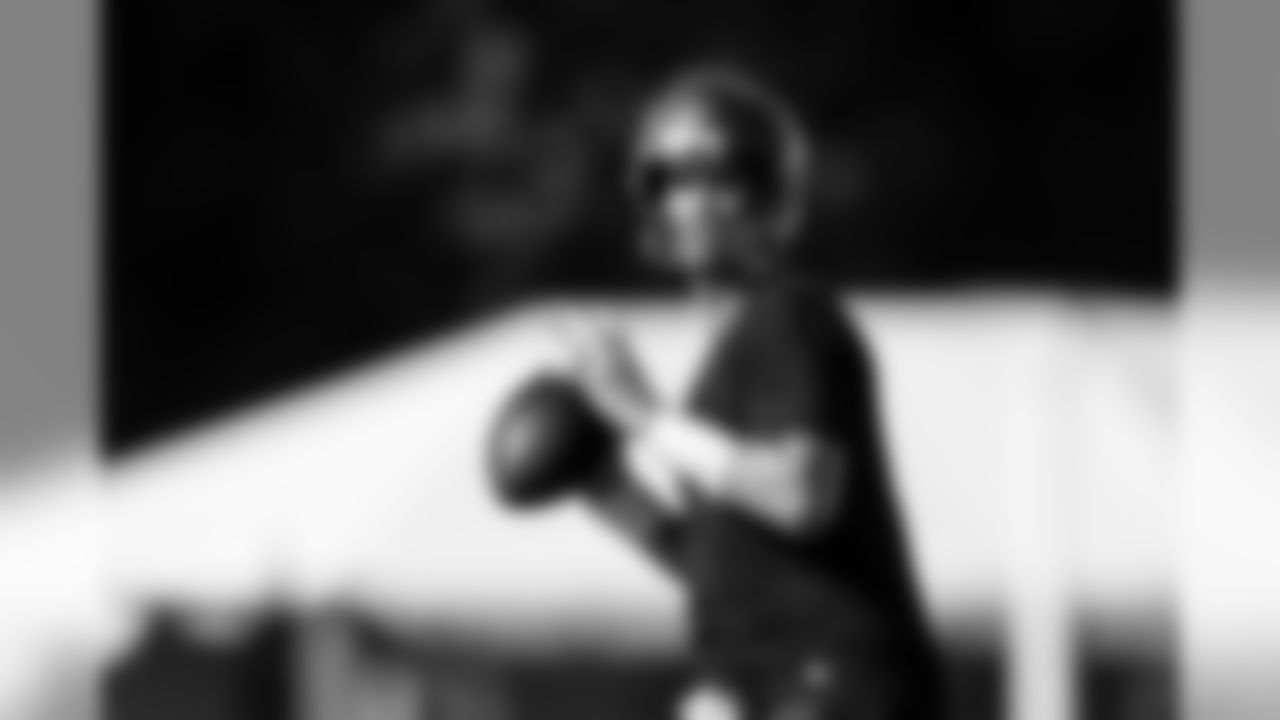
TAMPA, FL - AUGUST 09, 2020 - Quarterback Tom Brady #12 of the Tampa Bay Buccaneers during day 6 of 2020 Training Camp practice at AdventHealth Training Center. Photo By Tori Richman/Tampa Bay Buccaneers
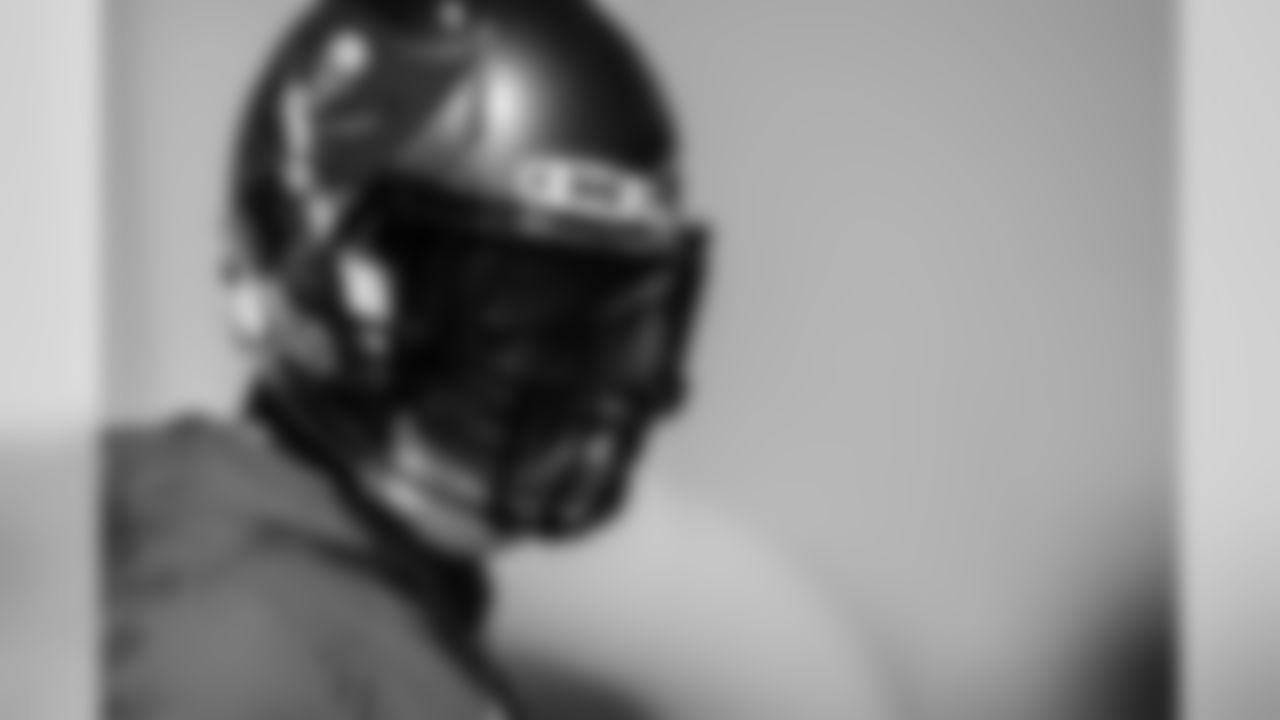
TAMPA, FL - AUGUST 09, 2020 - Inside Linebacker Devin White #45 of the Tampa Bay Buccaneers during day 6 of 2020 Training Camp practice at AdventHealth Training Center. Photo By Tori Richman/Tampa Bay Buccaneers

TAMPA, FL - AUGUST 09, 2020 - Linebacker Noah Dawkins #52, Inside Linebacker Devin White #45 and Inside Linebacker Lavonte David #54 of the Tampa Bay Buccaneers during day 6 of 2020 Training Camp practice at AdventHealth Training Center. Photo By Tori Richman/Tampa Bay Buccaneers
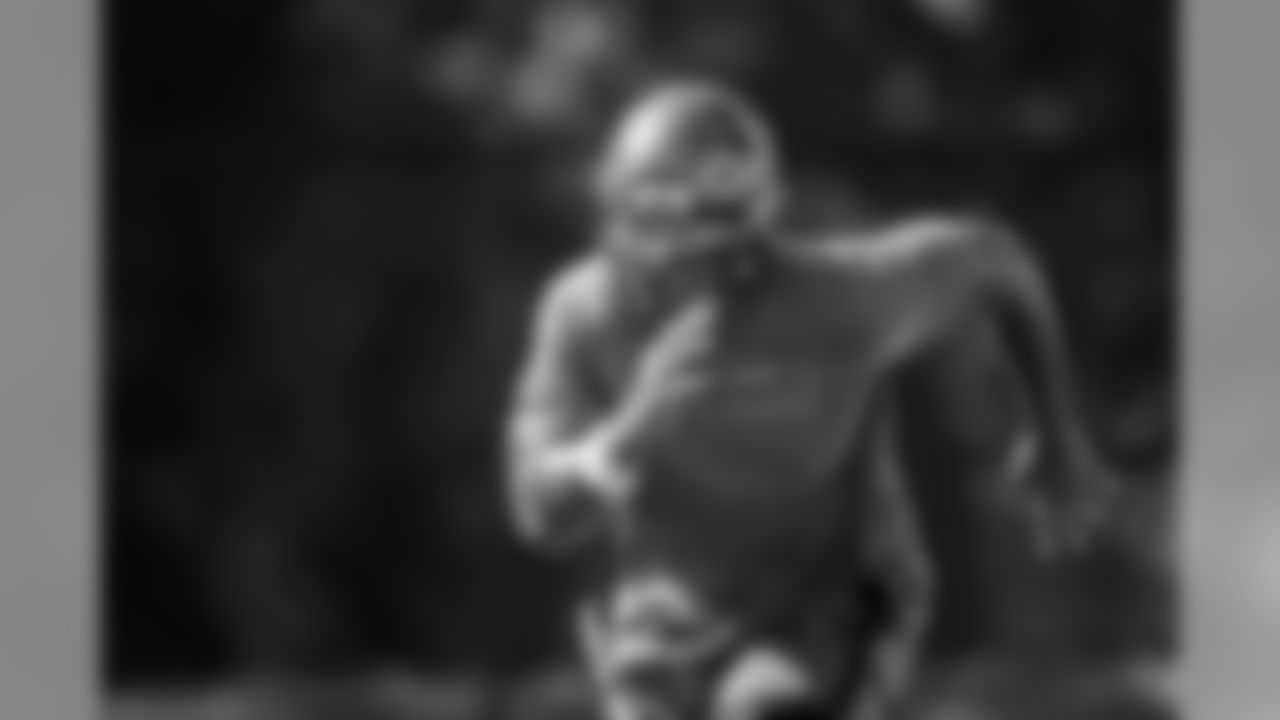
TAMPA, FL - AUGUST 09, 2020 - Defensive Lineman William Gholston #92 of the Tampa Bay Buccaneers during day 6 of 2020 Training Camp practice at AdventHealth Training Center. Photo By Tori Richman/Tampa Bay Buccaneers

TAMPA, FL - AUGUST 09, 2020 - Defensive Lineman Khalil Davis #94 of the Tampa Bay Buccaneers during day 6 of 2020 Training Camp practice at AdventHealth Training Center. Photo By Tori Richman/Tampa Bay Buccaneers

TAMPA, FL - AUGUST 09, 2020 - Defensive Tackle Rakeem Nunez-Roches #56 of the Tampa Bay Buccaneers during day 6 of 2020 Training Camp practice at AdventHealth Training Center. Photo By Tori Richman/Tampa Bay Buccaneers
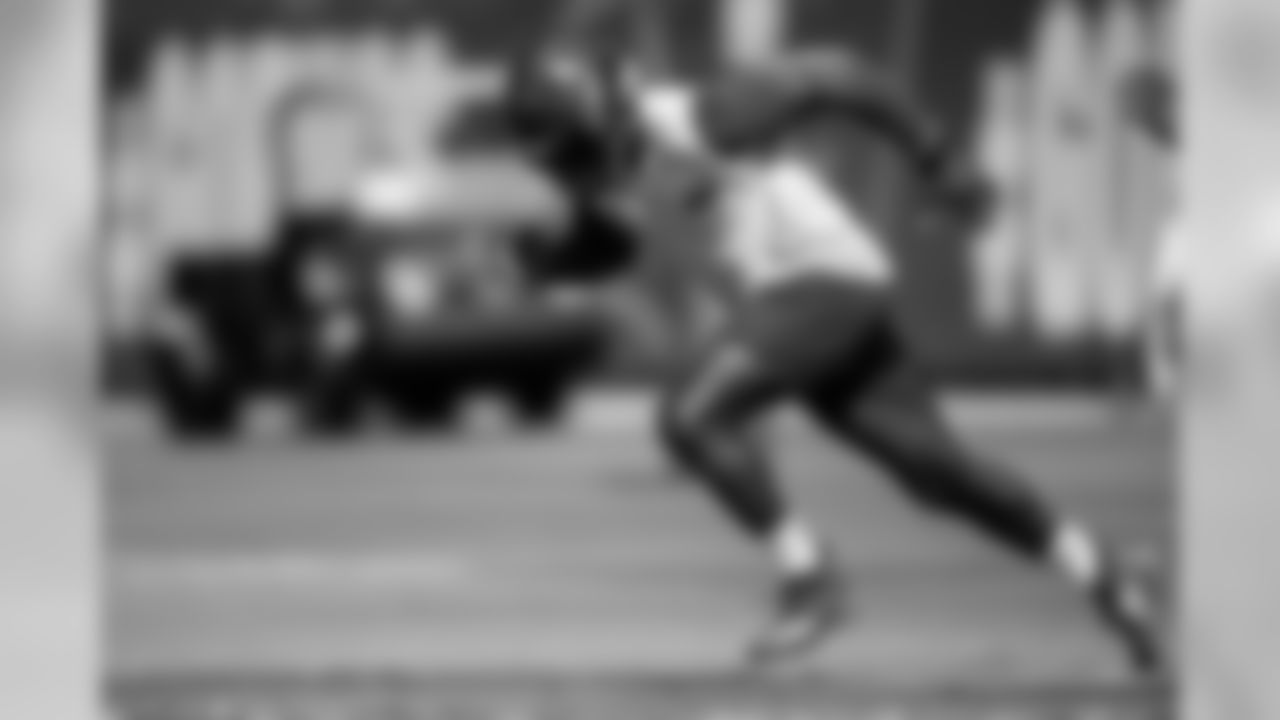
TAMPA, FL - AUGUST 09, 2020 - Outside Linebacker Shaquil Barrett #58 of the Tampa Bay Buccaneers during day 6 of 2020 Training Camp practice at AdventHealth Training Center. Photo By Tori Richman/Tampa Bay Buccaneers

TAMPA, FL - AUGUST 09, 2020 - Outside Linebacker Shaquil Barrett #58 of the Tampa Bay Buccaneers during day 6 of 2020 Training Camp practice at AdventHealth Training Center. Photo By Tori Richman/Tampa Bay Buccaneers
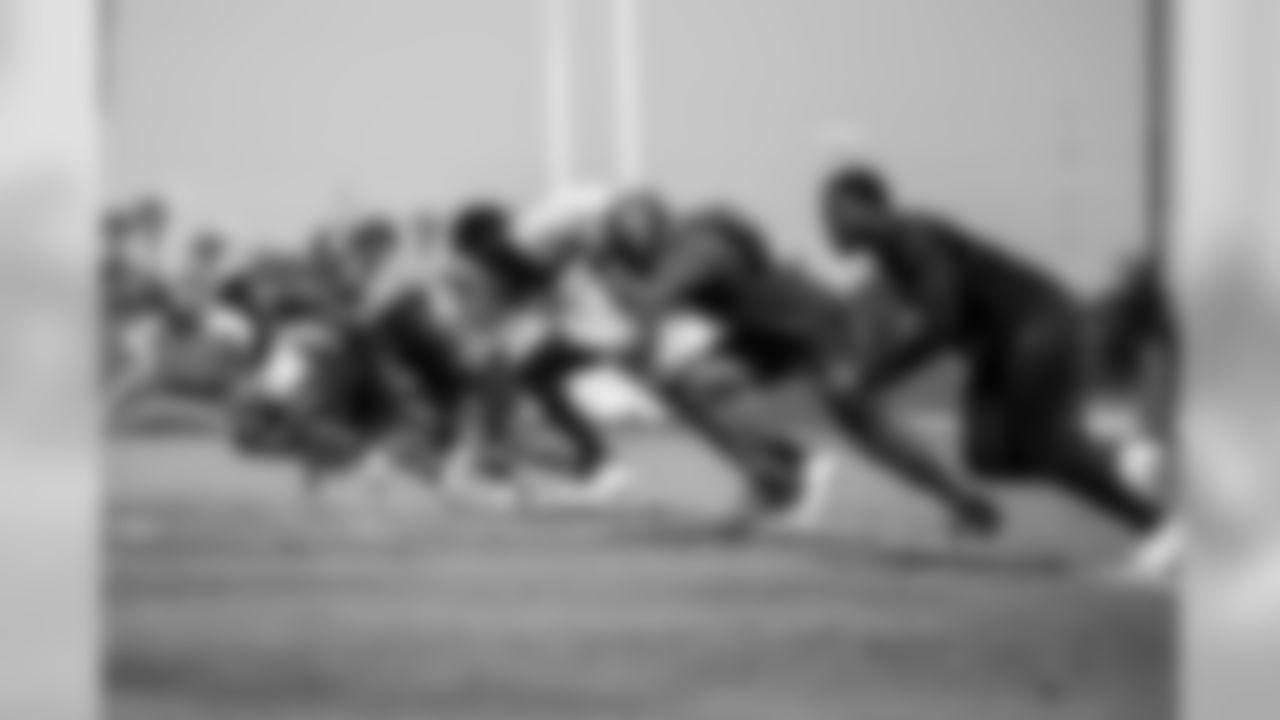
TAMPA, FL - AUGUST 09, 2020 - Outside Linebacker Jason Pierre-Paul #90 of the Tampa Bay Buccaneers during day 6 of 2020 Training Camp practice at AdventHealth Training Center. Photo By Tori Richman/Tampa Bay Buccaneers
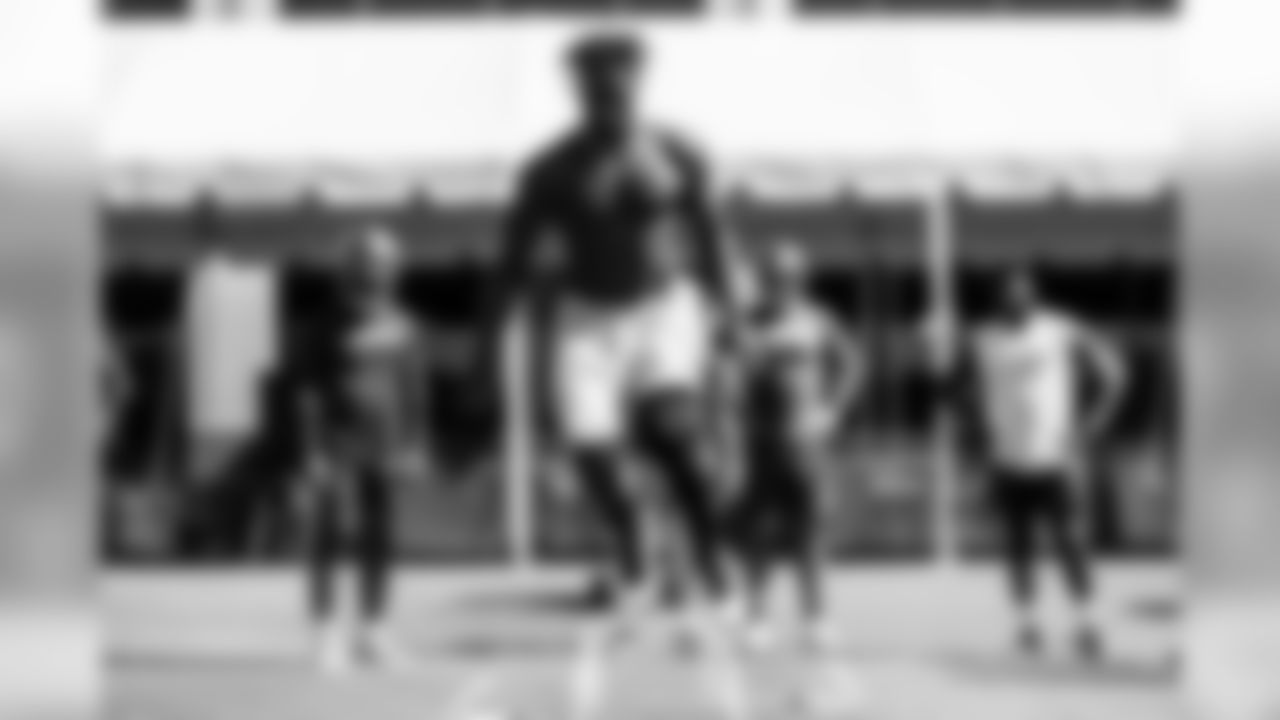
TAMPA, FL - AUGUST 09, 2020 - Outside Linebacker Jason Pierre-Paul #90 of the Tampa Bay Buccaneers during day 6 of 2020 Training Camp practice at AdventHealth Training Center. Photo By Tori Richman/Tampa Bay Buccaneers

TAMPA, FL - AUGUST 09, 2020 - Outside Linebacker Shaquil Barrett #58 of the Tampa Bay Buccaneers during day 6 of 2020 Training Camp practice at AdventHealth Training Center. Photo By Tori Richman/Tampa Bay Buccaneers

TAMPA, FL - AUGUST 09, 2020 - Cornerback Ryan Smith #29 of the Tampa Bay Buccaneers during day 6 of 2020 Training Camp practice at AdventHealth Training Center. Photo By Tori Richman/Tampa Bay Buccaneers
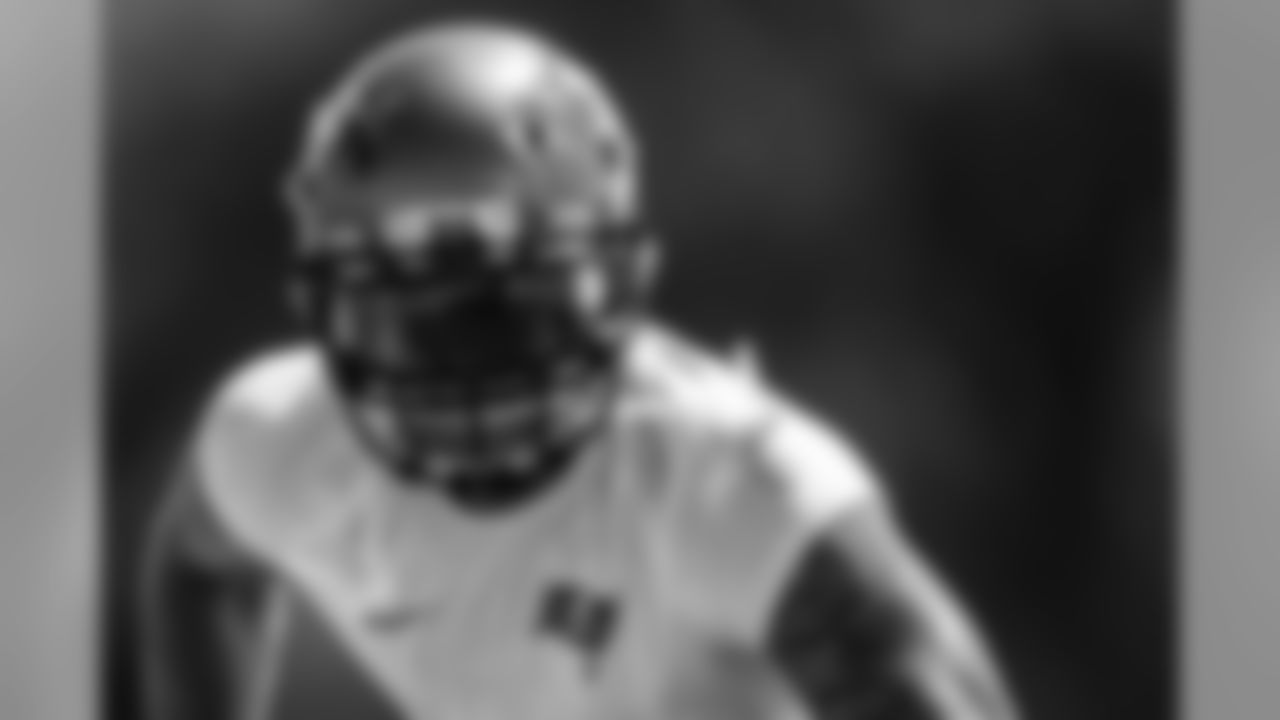
TAMPA, FL - AUGUST 09, 2020 - Cornerback Sean Murphy-Bunting #23 of the Tampa Bay Buccaneers during day 6 of 2020 Training Camp practice at AdventHealth Training Center. Photo By Tori Richman/Tampa Bay Buccaneers

TAMPA, FL - AUGUST 09, 2020 - Cornerback Jamel Dean #35 of the Tampa Bay Buccaneers during day 6 of 2020 Training Camp practice at AdventHealth Training Center. Photo By Tori Richman/Tampa Bay Buccaneers
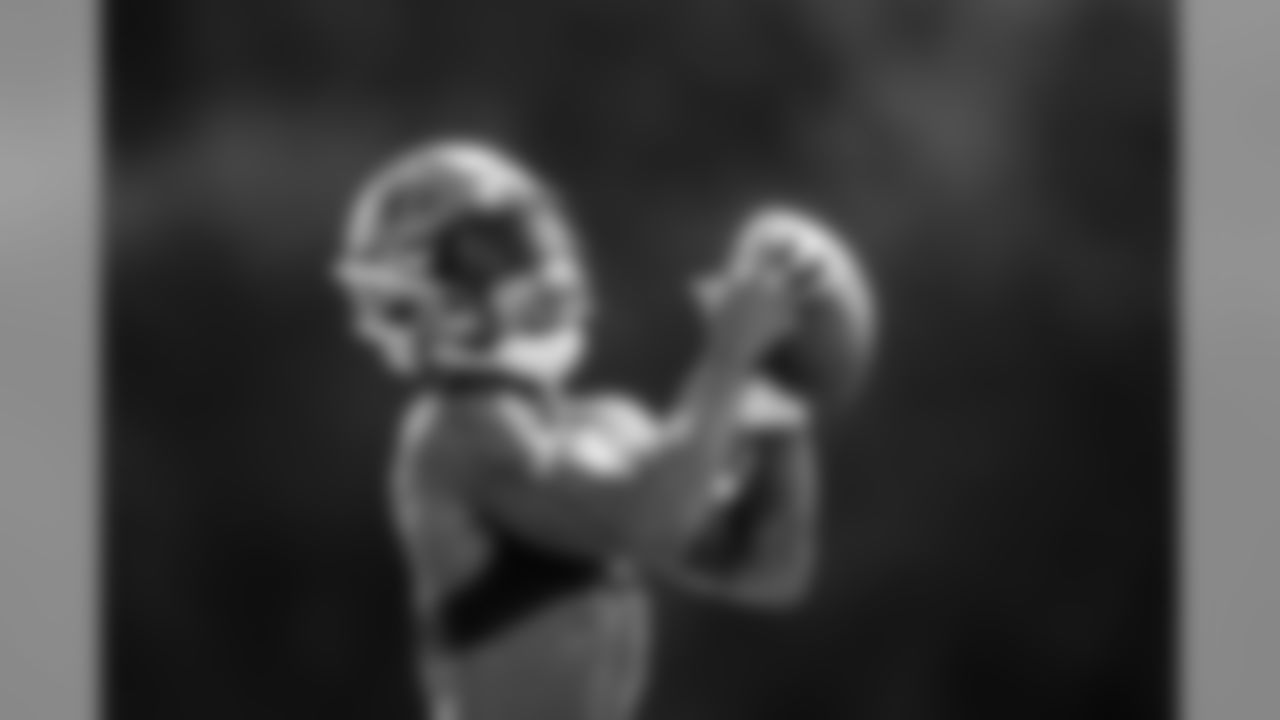
TAMPA, FL - AUGUST 09, 2020 - Safety Jordan Whitehead #33 of The Tampa Bay Buccaneers during day 6 of 2020 Training Camp practice at AdventHealth Training Center. Photo By Tori Richman/Tampa Bay Buccaneers
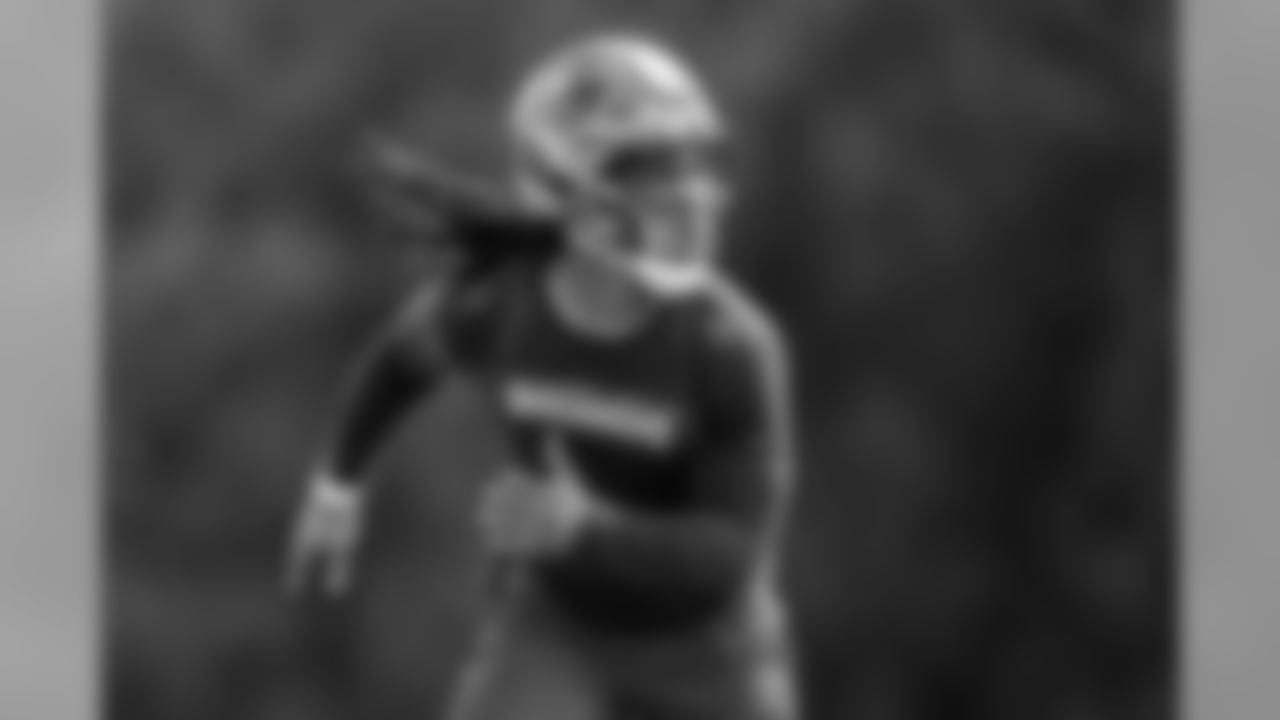
TAMPA, FL - AUGUST 09, 2020 - Safety D'Cota Dixon #38 of the Tampa Bay Buccaneers during day 6 of 2020 Training Camp practice at AdventHealth Training Center. Photo By Tori Richman/Tampa Bay Buccaneers

TAMPA, FL - AUGUST 09, 2020 - Cornerback Ryan Smith #29 of the Tampa Bay Buccaneers during day 6 of 2020 Training Camp practice at AdventHealth Training Center. Photo By Tori Richman/Tampa Bay Buccaneers

TAMPA, FL - AUGUST 09, 2020 - Safety Andrew Adams #26 of the Tampa Bay Buccaneers during day 6 of 2020 Training Camp practice at AdventHealth Training Center. Photo By Tori Richman/Tampa Bay Buccaneers

TAMPA, FL - AUGUST 09, 2020 - Cornerback Carlton Davis #24 of the Tampa Bay Buccaneers during day 6 of 2020 Training Camp practice at AdventHealth Training Center. Photo By Tori Richman/Tampa Bay Buccaneers

TAMPA, FL - AUGUST 09, 2020 - Safety Javon Hagan #25 of the Tampa Bay Buccaneers during day 6 of 2020 Training Camp practice at AdventHealth Training Center. Photo By Tori Richman/Tampa Bay Buccaneers
Jones was productive as a pass-catcher during his 2019 breakout season, but the volume of such plays wasn't particularly high. His 10.0 yards per catch was fifth among all NFL backs with at least 25 grabs last year, ahead of such players as Dalvin Cook, Christian McCaffrey and Tom Brady's favored target in New England, James White. However, Jones's 31 receptions overall was tied with Todd Gurley for 33rd among NFL ballcarriers.
As a rookie who wasn't heavily involved in the passing attack at USC, Jones was thought to have suspect hands, and there may have been some truth to that. At the least, they were unproven. But Jones worked extensively with Running Backs Coach Todd McNair – himself a former prolific pass-catching NFL back – and turned into a reliable receiver. His 31 receptions came on just 40 targets and he was charged with only one dropped pass by Sportradar. He has continued to work on his receiving technique since last sesaon.
"A lot of times they said I wasn't absorbing the ball; I was letting the ball hit my body," said Jones. "So just working in the summer with Coach [Luke] Neal on the extension of the hands, finding that diamond and being able to control the ball. [You can't be] slapping it or trying to look up field, you've got to just secure it. Those are the kinds of things I focused on this summer. I'm just trying to elevate my game each and every day."
Jones was very good when he got the ball in space last year, quickly shifting into high gear and picking up extra yards, which is reflected in that aforementioned yards per carry figure. His average of 9.35 yards gained after the catch per reception ranked fourth among all NFL running backs. He thinks he can do a better of creating that space in order to make big plays by studying opposing defenses more.
"I think [about it] in terms of knowing what the defense is doing, not just out there running full-speed," said Jones. "In a zone, having to sit down and find that soft spot. In man, actually beating your man and knowing who is covering you. That's another thing that was really helpful about getting in that work in the offseason. With completely different quarterbacks, I can catch any kind of ball – from high school and pee-wee to obviously playing with the best in the game. It's definitely got me ready for this moment."
Jones will hopefully have just one quarterback throwing him the ball in games this season, and it happens to be perhaps the greatest of all time. It also happens to be a quarterback who, in recent seasons in particular, has been very fond of throwing it to running backs, and one in particular. Last year, Brady targeted White 95 times, producing 72 catches and 645 yards, an average of 9.0 yards per reception. In all, Patriots running backs hauled in 121 passes in 2019. White has averaged 63 receptions over the last five years.
Buccaneer running backs combined for 84 catches last year, with Dare Ogunbowale leading the way with 34. The difference in the cast of characters around the quarterbacks in Tampa and New England obviously had something to do the difference in total receptions for the backs, but even if the Bucs' total doesn't go up much in 2020 Jones can still grab a larger share of the targets. And if the Buccaneers do decide to throw more passes to their tailbacks this fall, they've got a quarterback who can make the most out of that plan.
In fact, Brady is already helping Jones become a better receiver out of the backfield.
"He always tells me to get low in my routes and run my routes like I already have the ball," said Jones. "A lot of times I was trying to get a feel for the defense, if it was zone or man. I'm working on getting that pre-snap read and then just exploding through my routes, just finishing. I think that's been what we've been working on now just in the shorts and stuff."
Jones acknowledges that he needs to be better in pass protection than he was last year in order to routinely stay on the field for third downs. Ogunbowale got most of his catches on third downs, when the Bucs were clearly intending to throw to someone, and that's because he was the team's most reliable blocker in the backfield. When Jones was rather obviously pulled from one game last December for a missed block, he chose to use it as motivation and as a 'coaching moment.' He is working to become a pass-protector that the coaches can rely on.
"Practice makes perfect," he said, "so that's the goal here.
Practice has certainly made Jones a better pass-catcher, and his numbers last year proved it. Those numbers could be headed north if the efforts to improve his hands, route-running and recognition of defenses produces the desired results.



